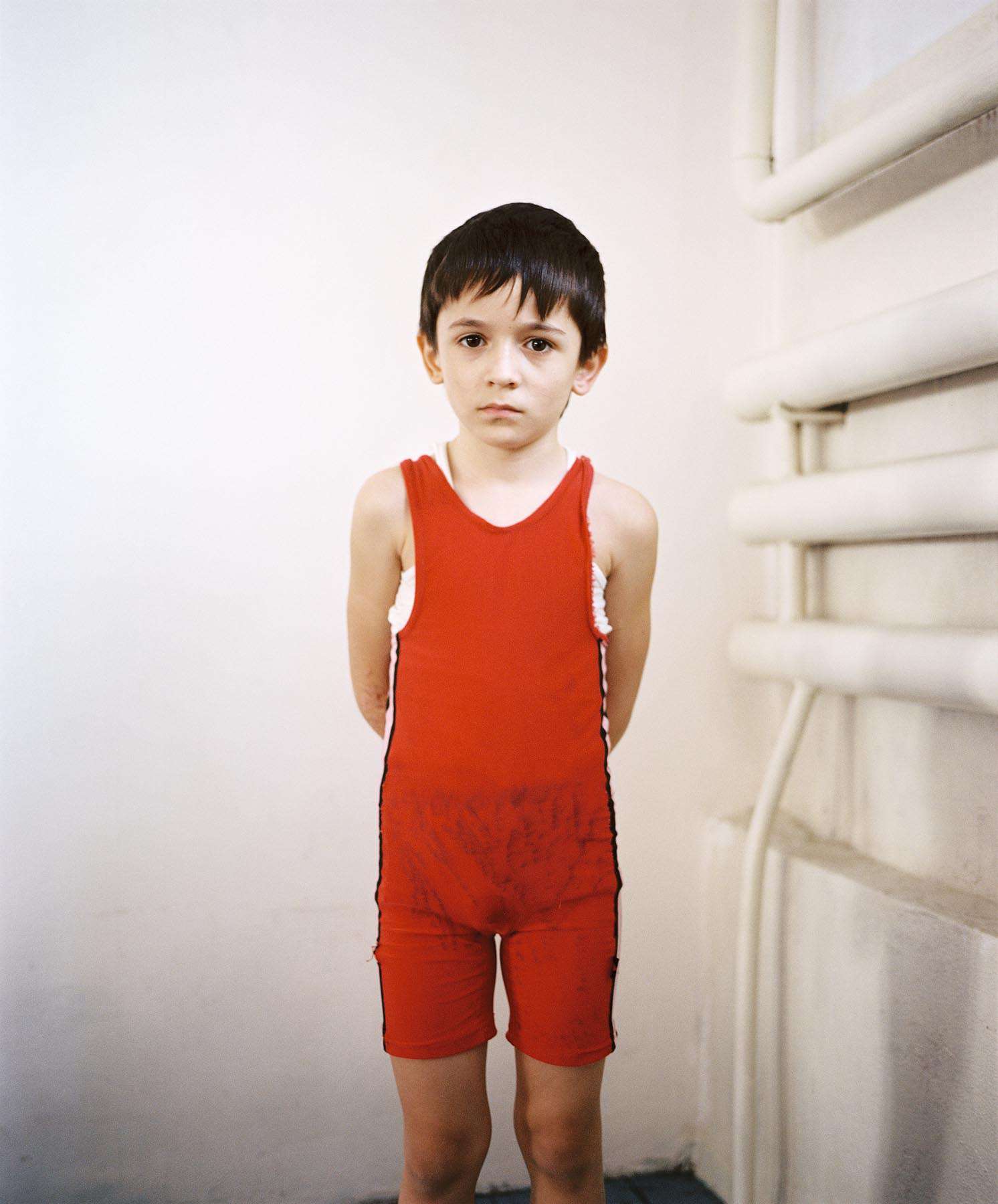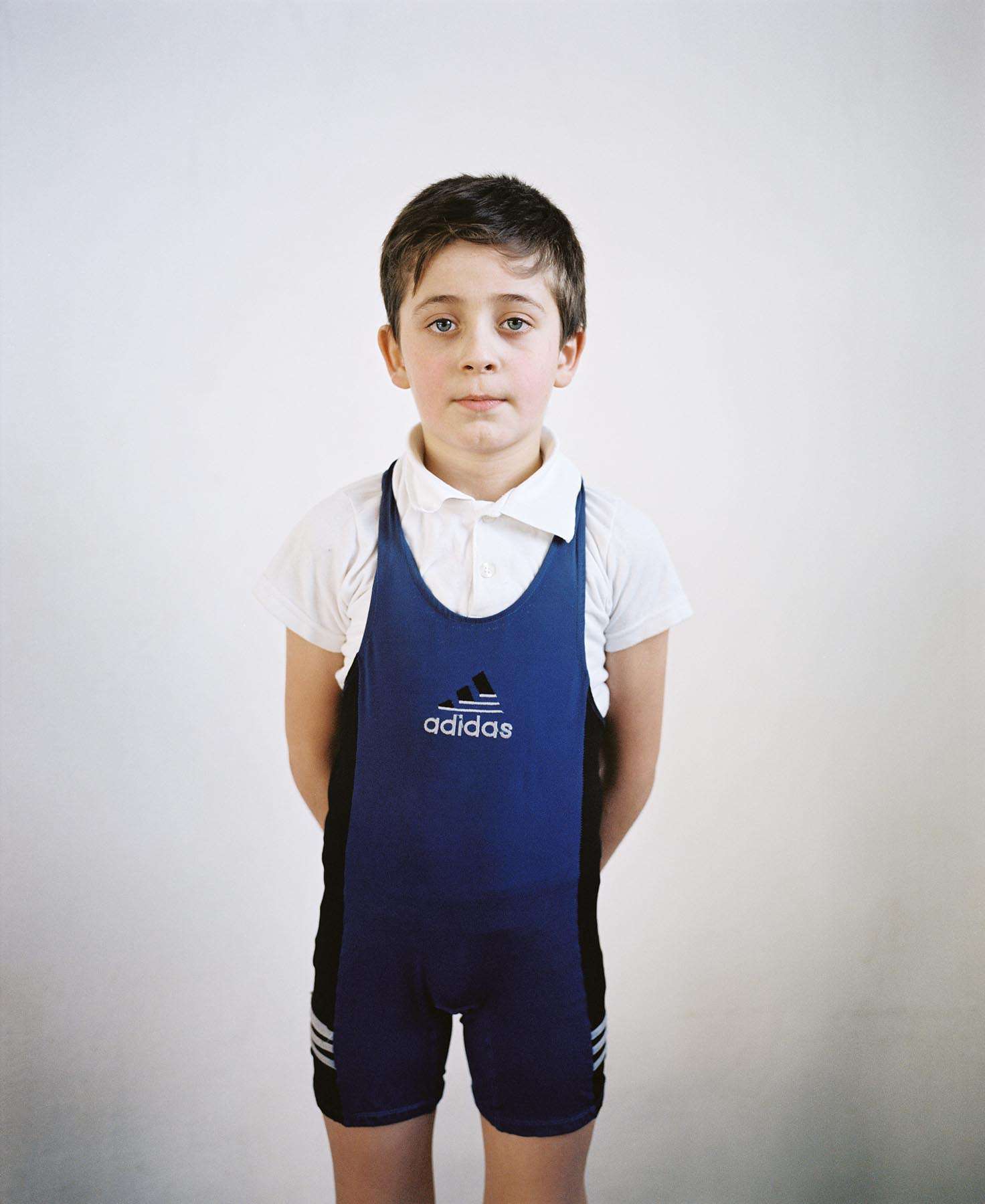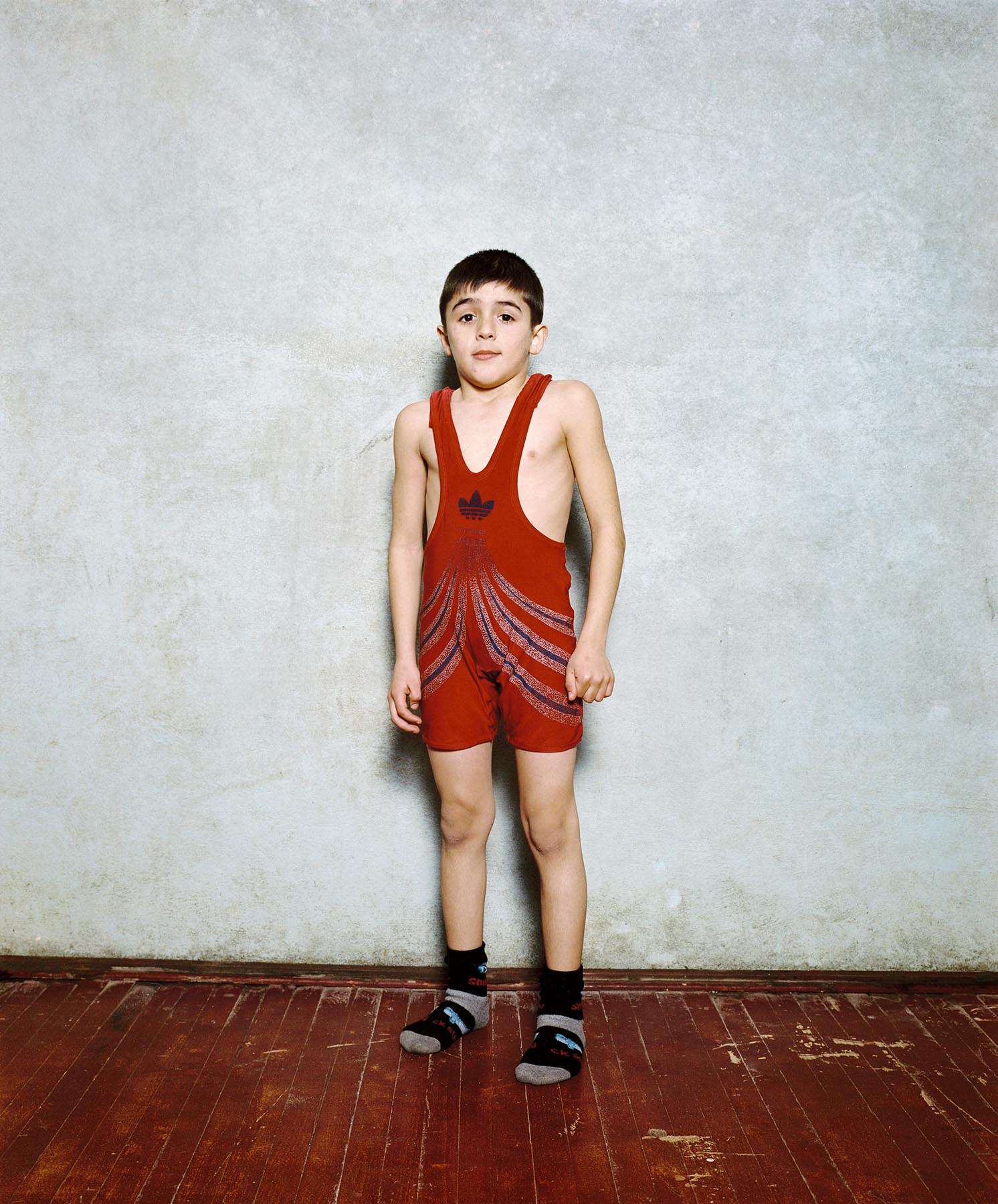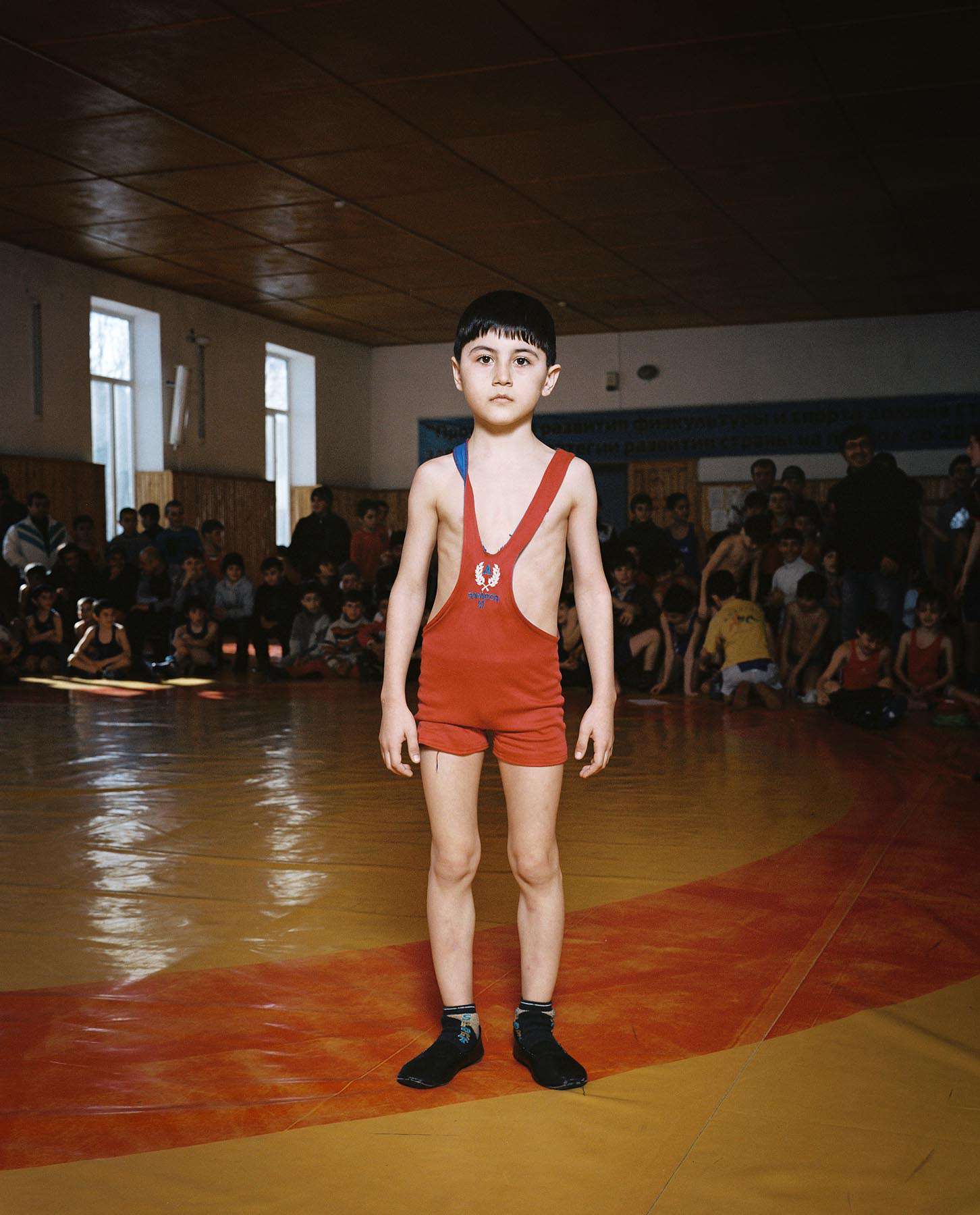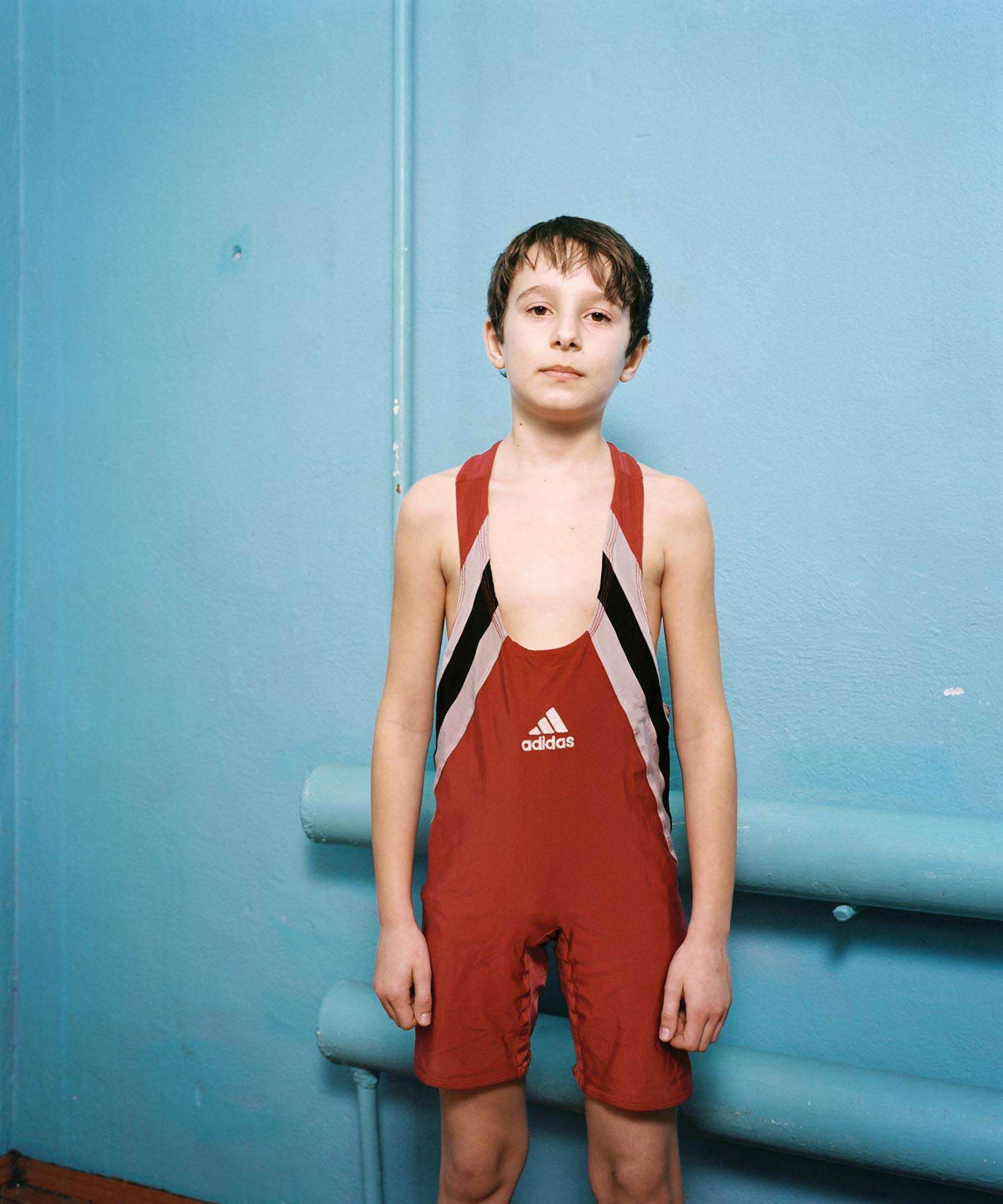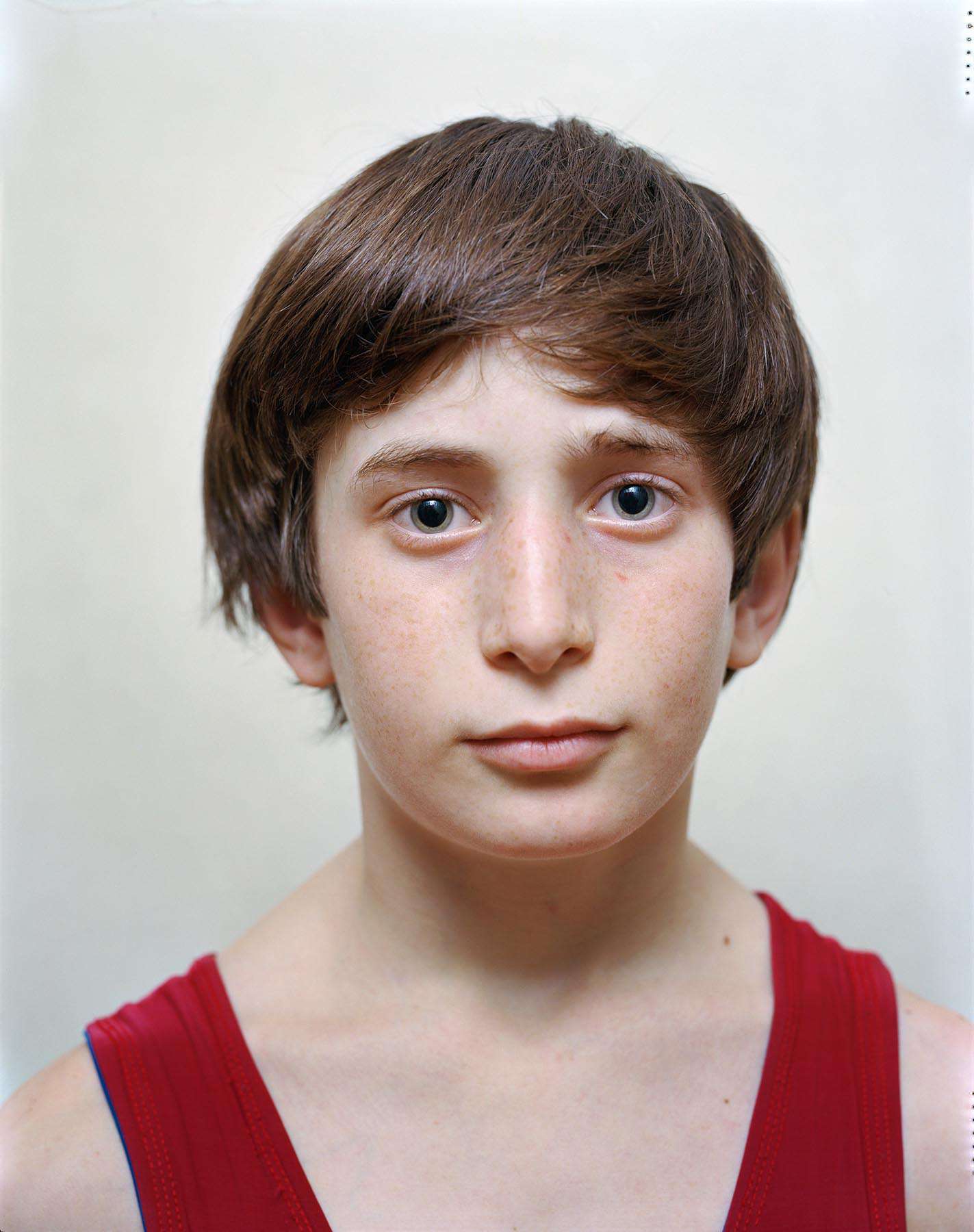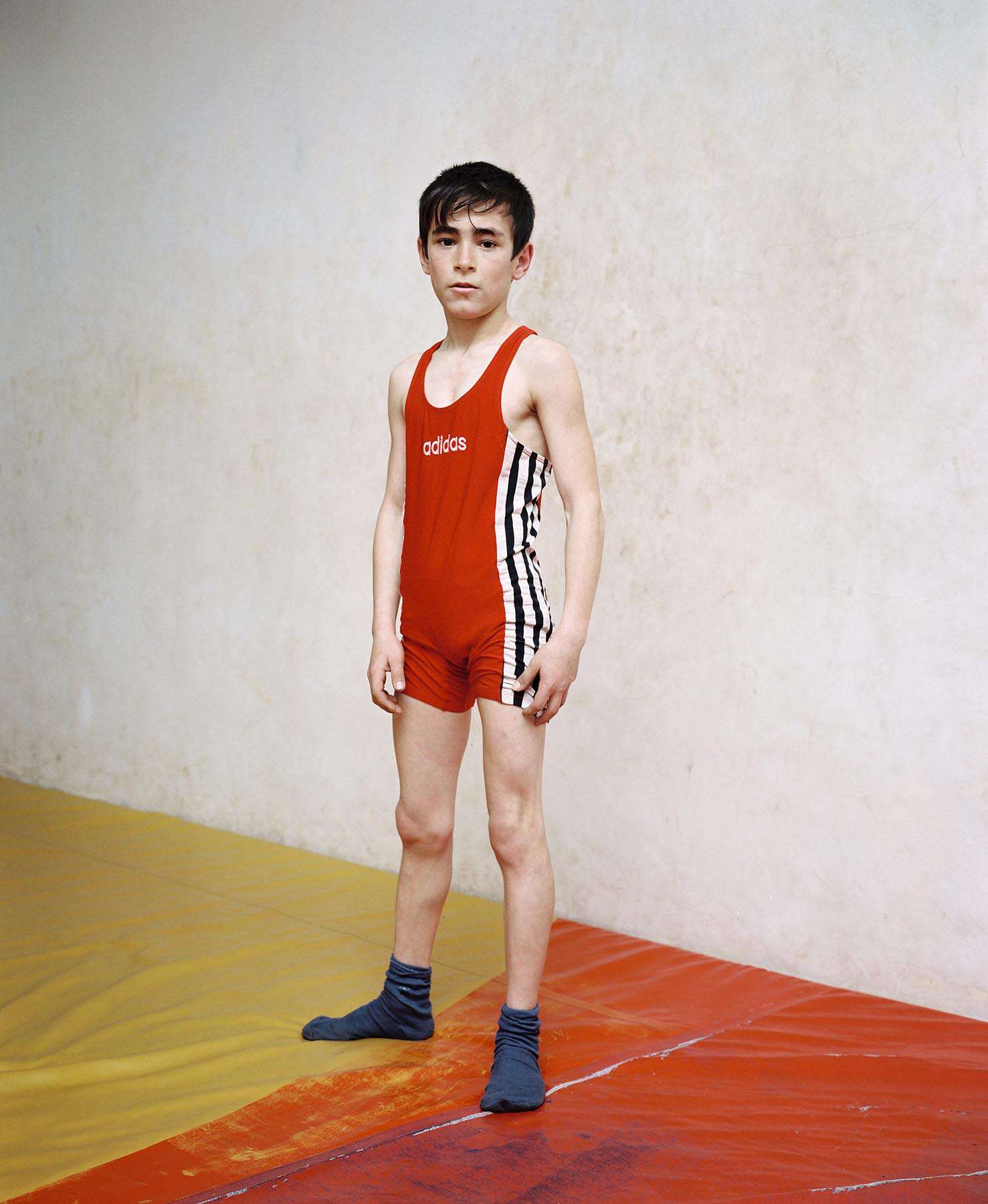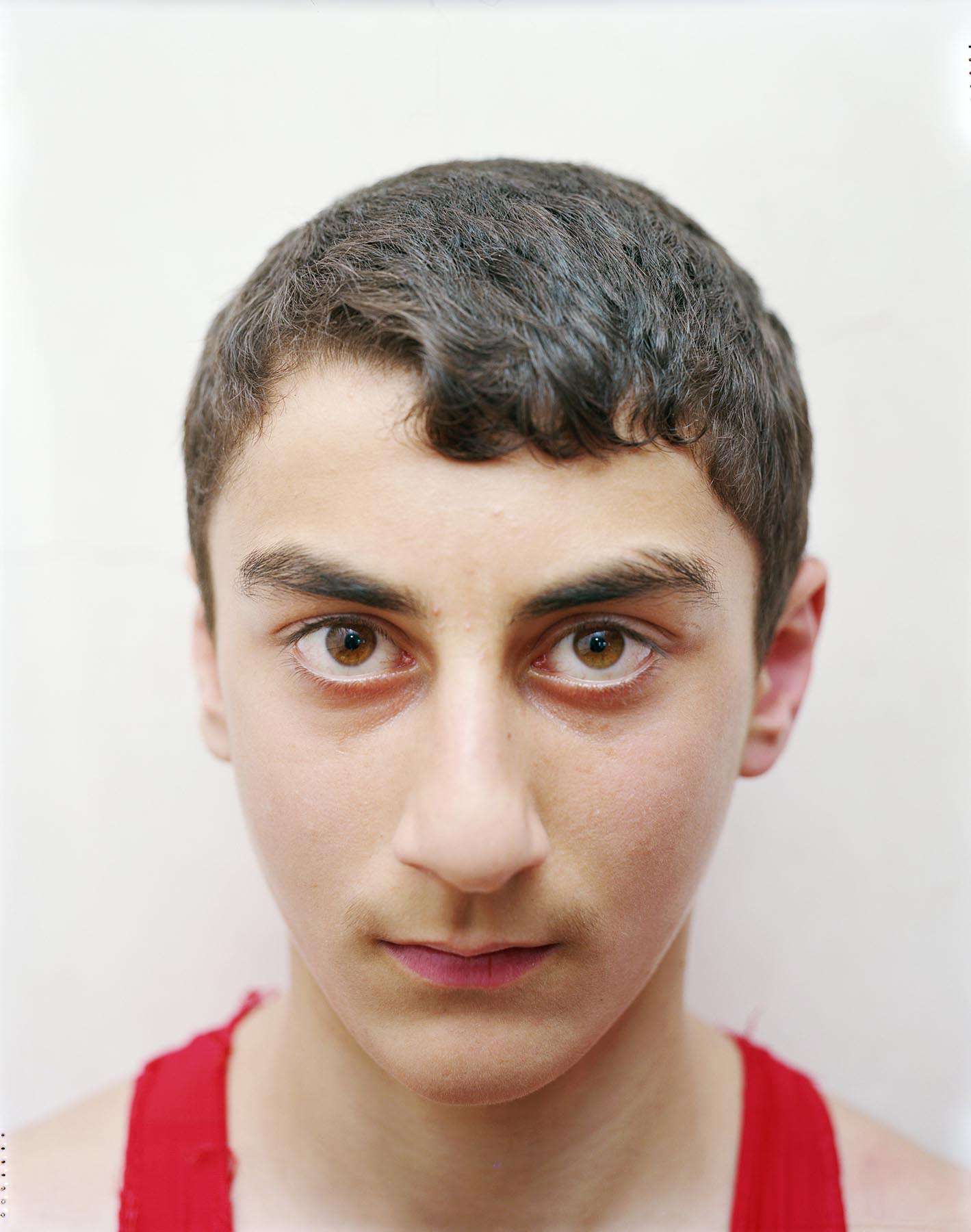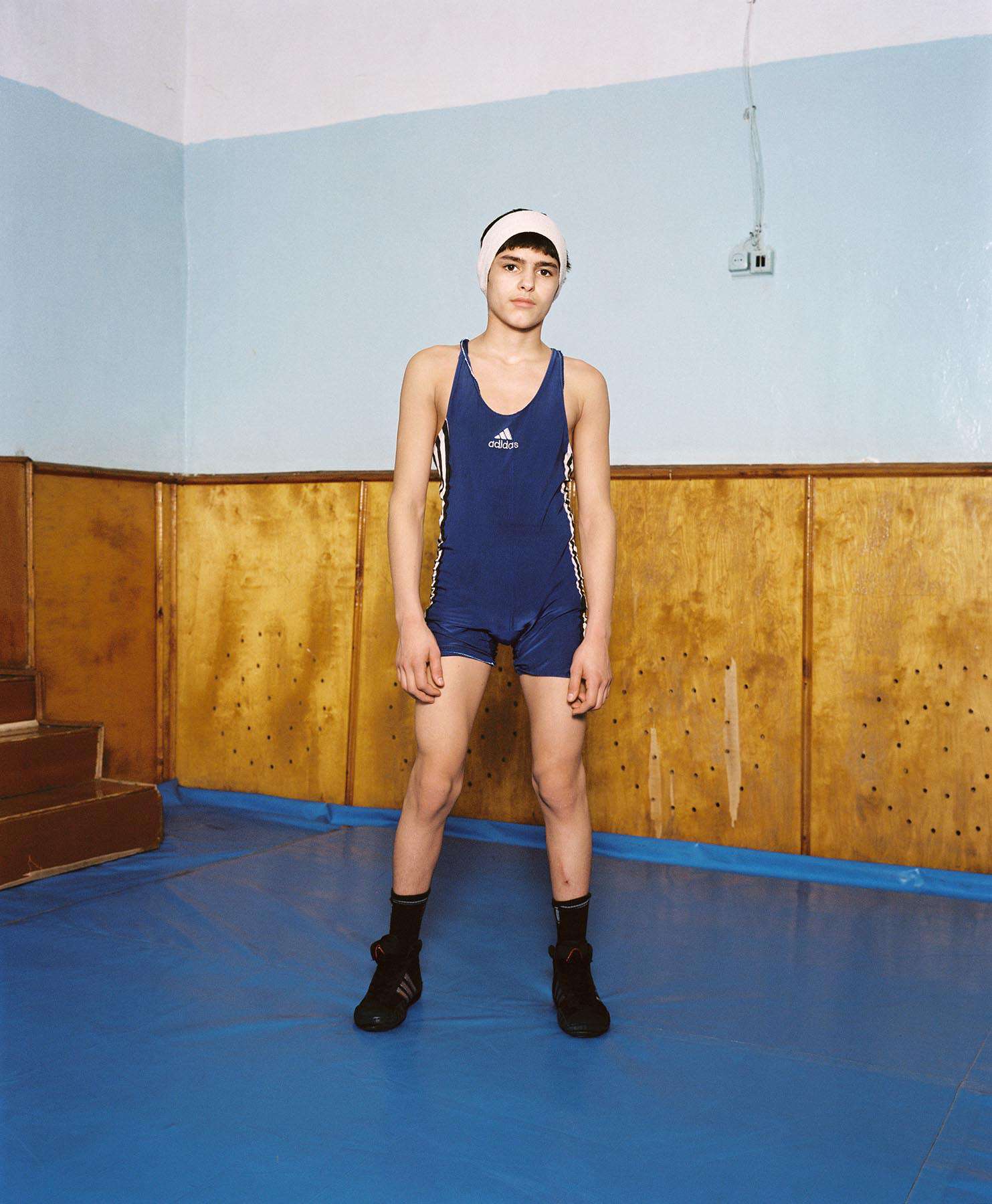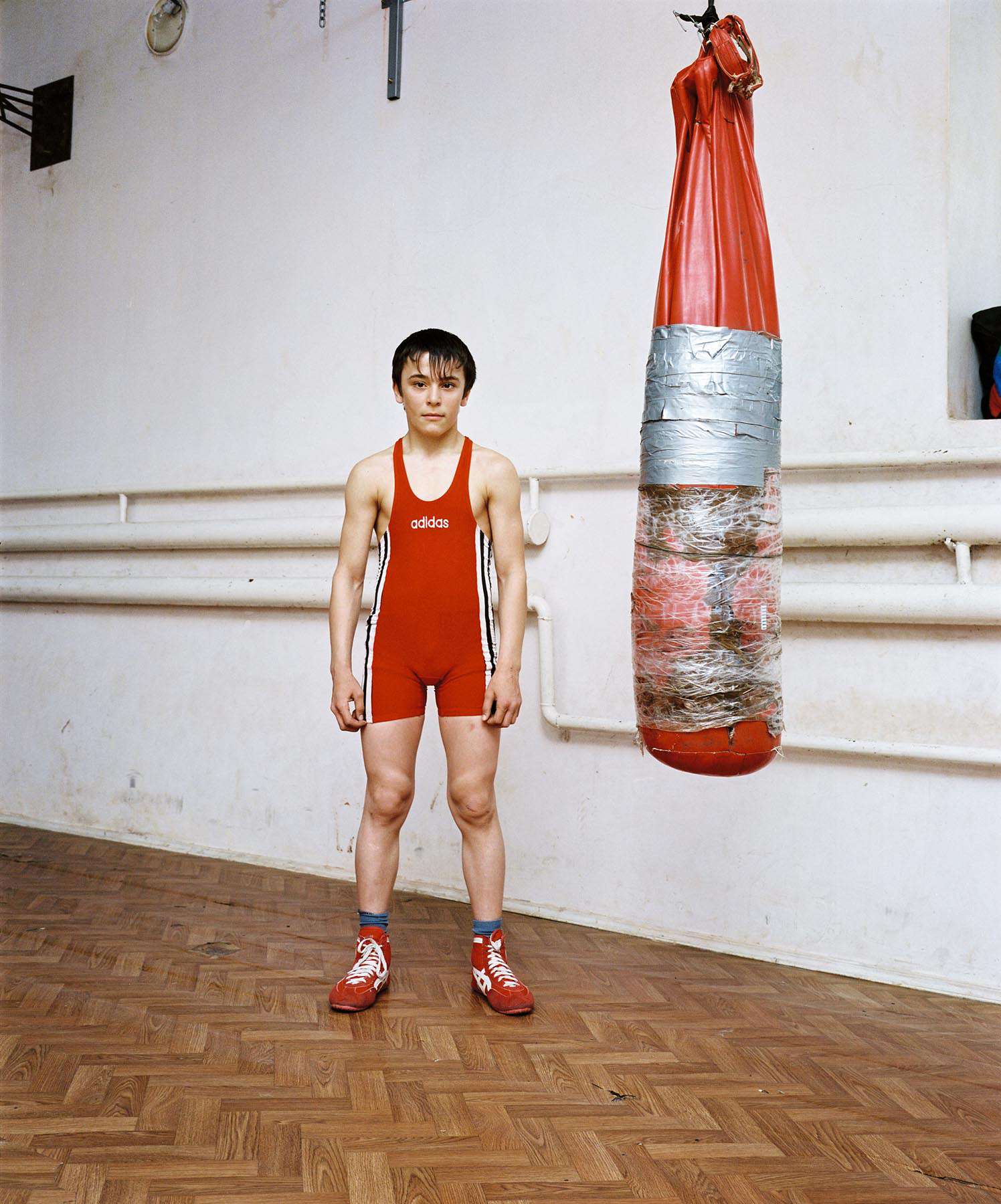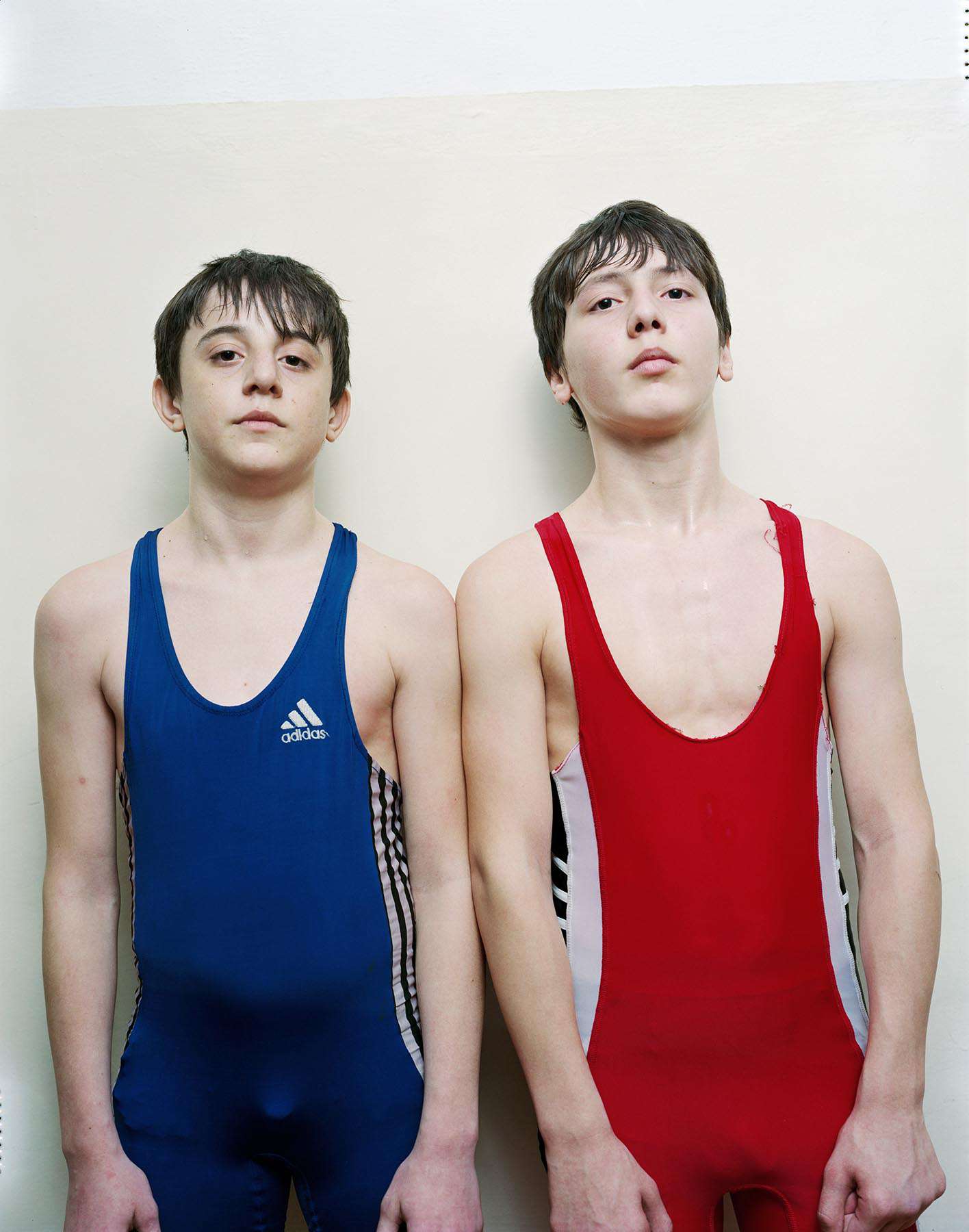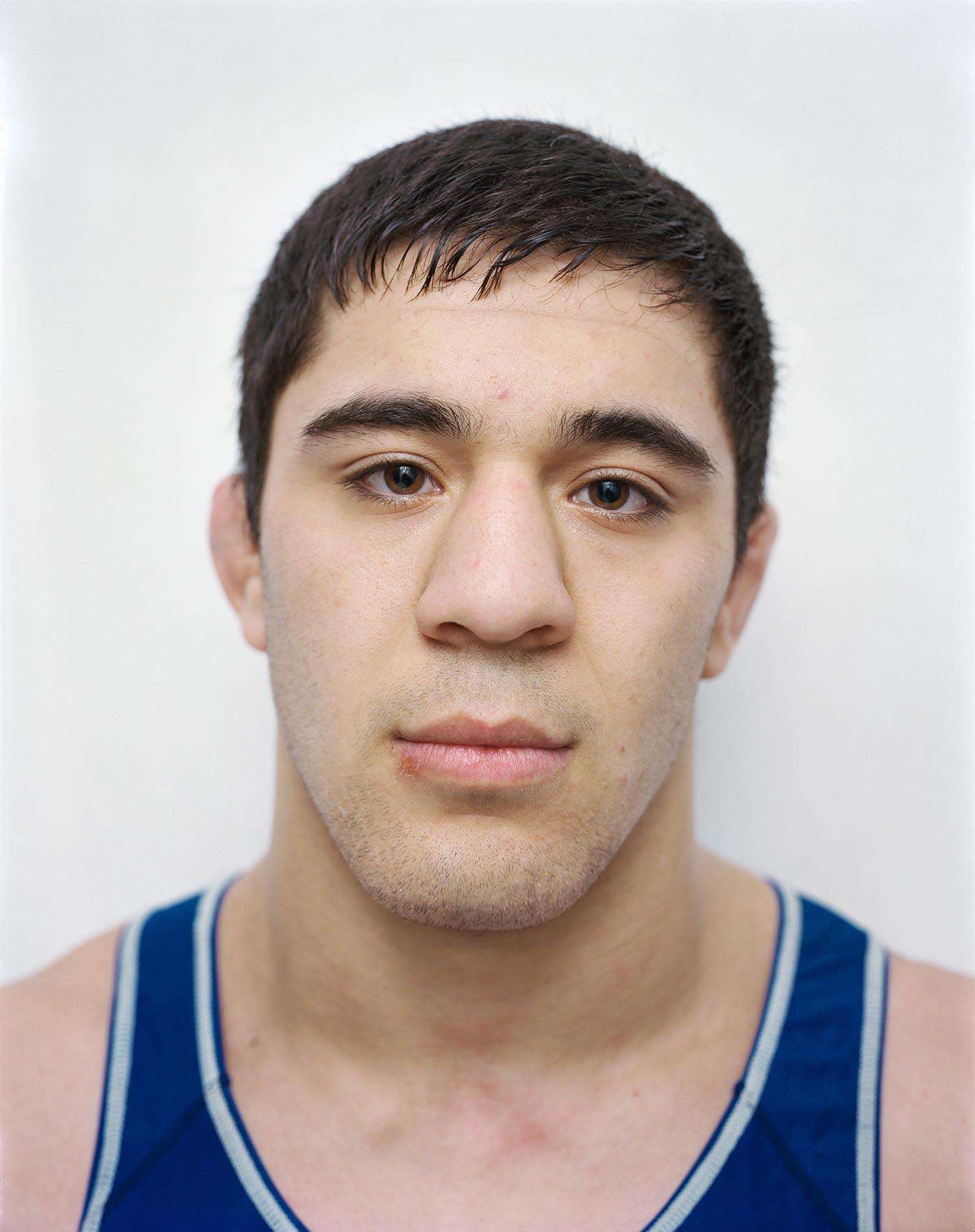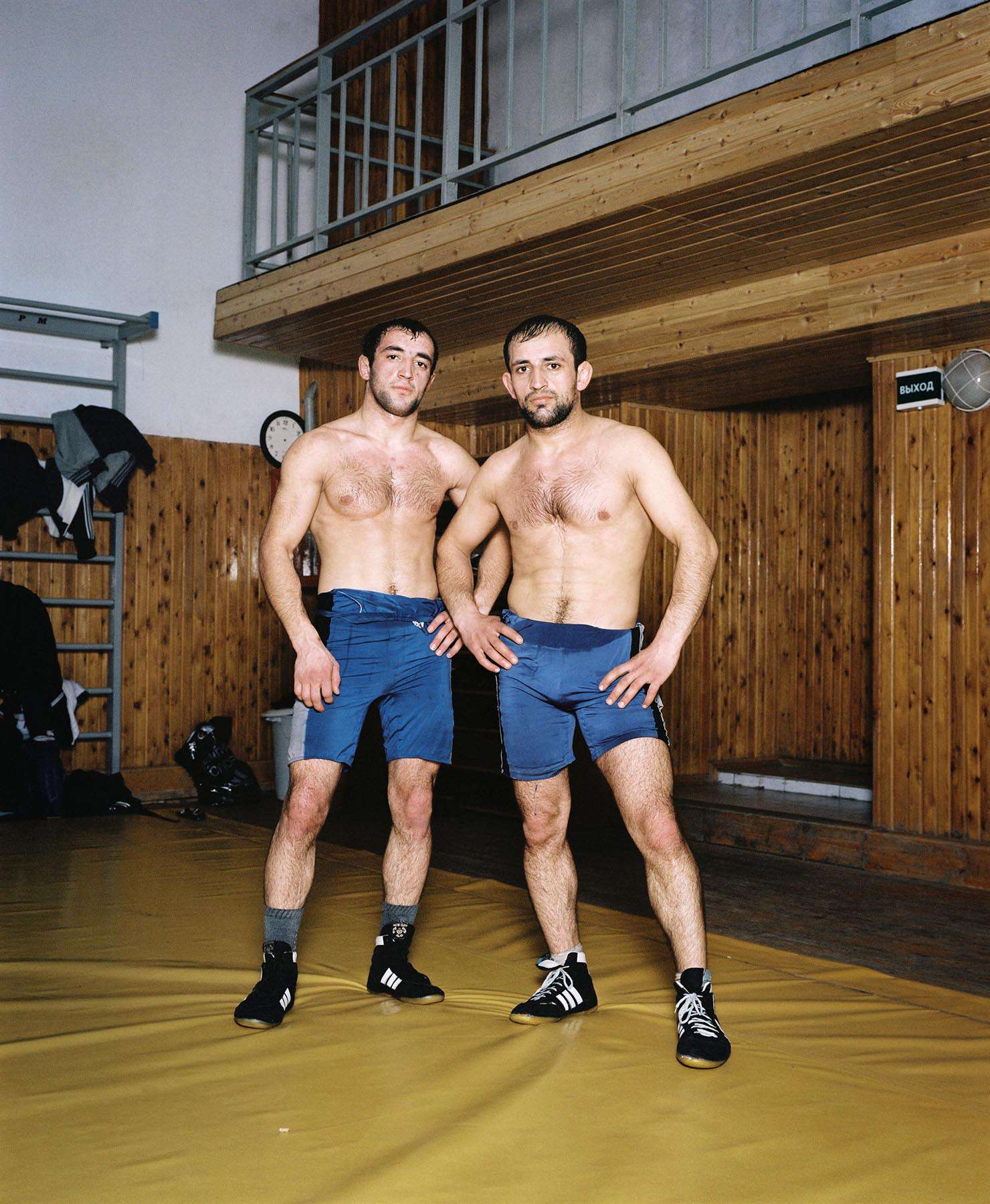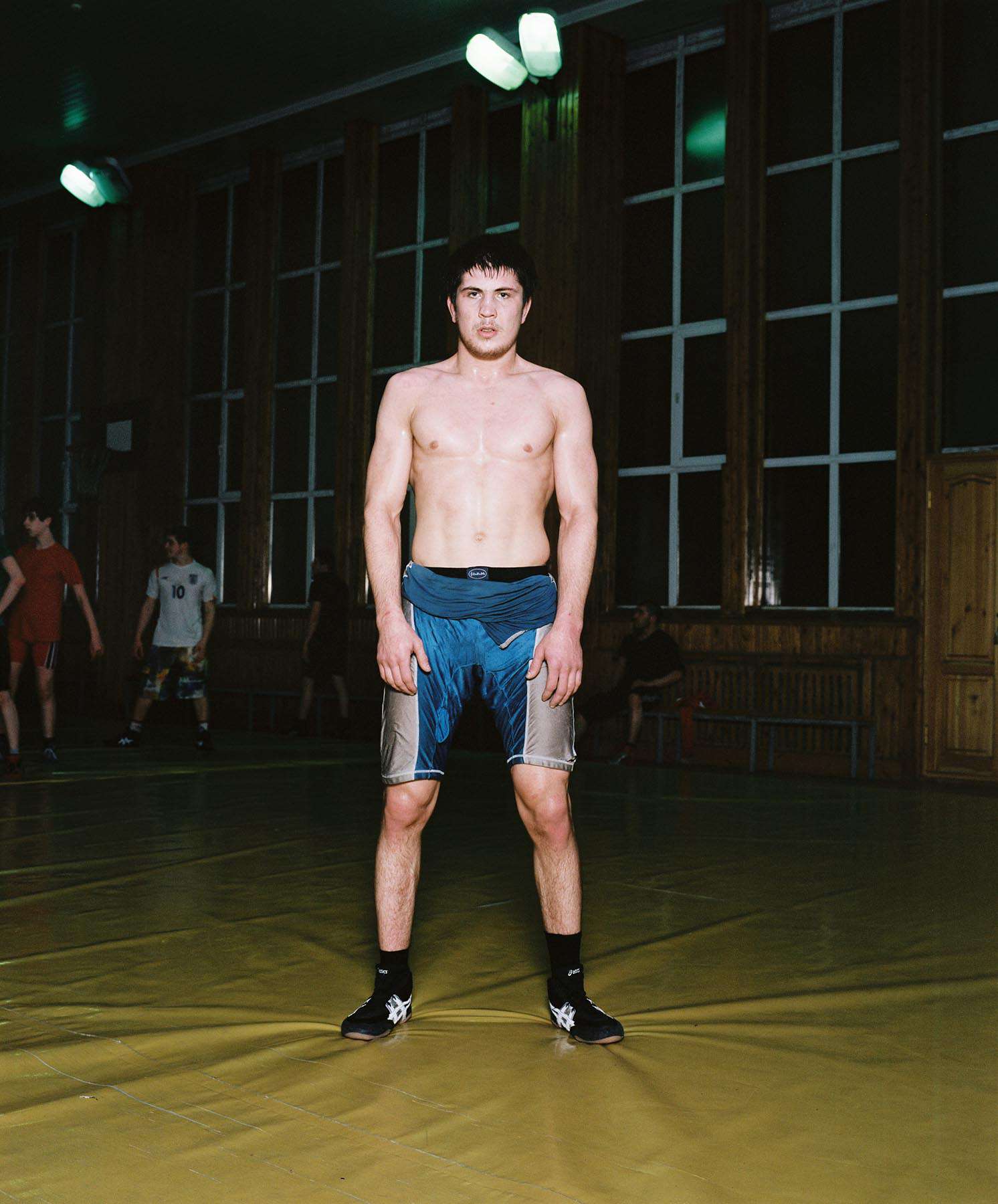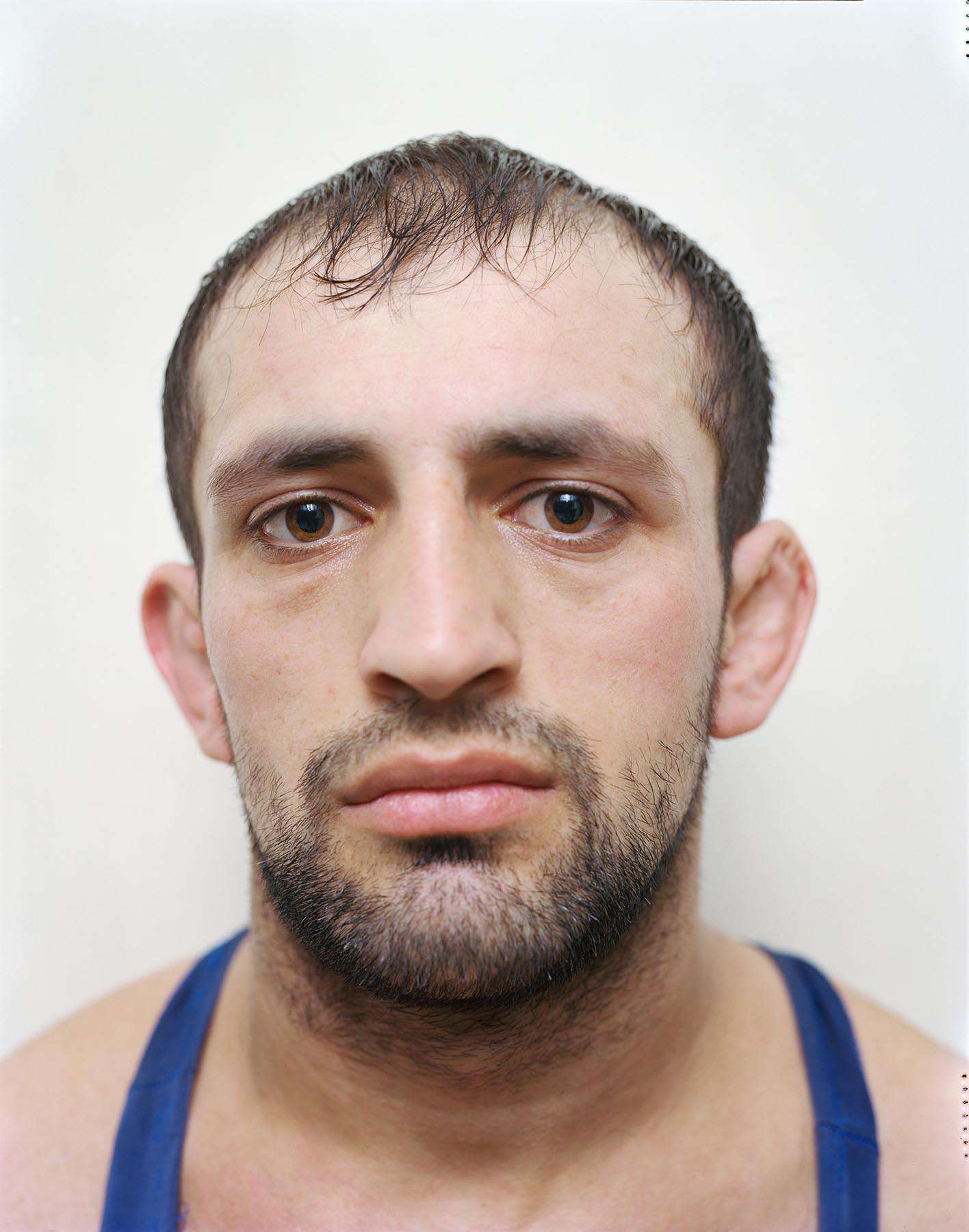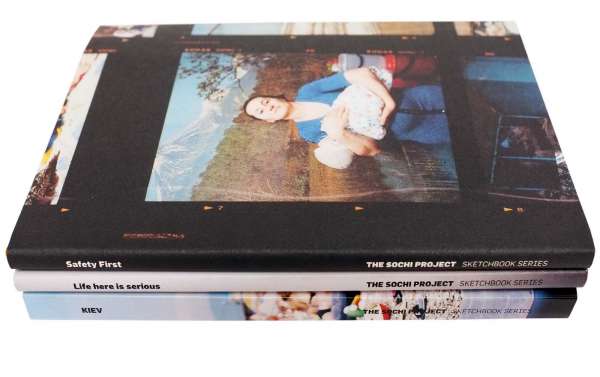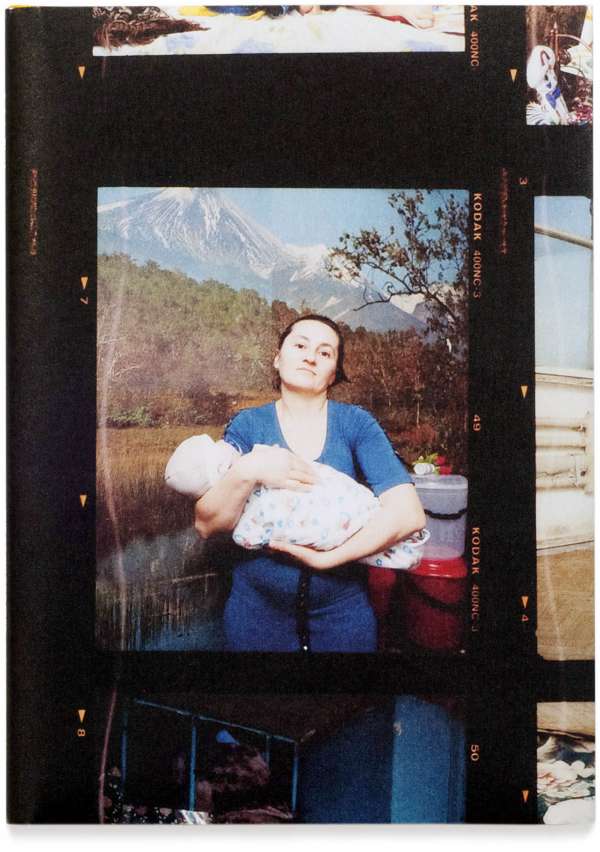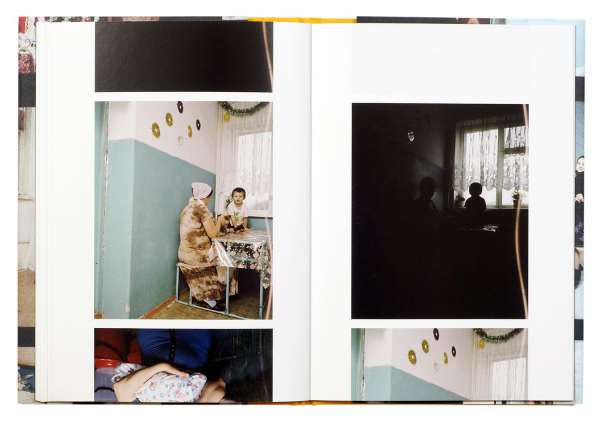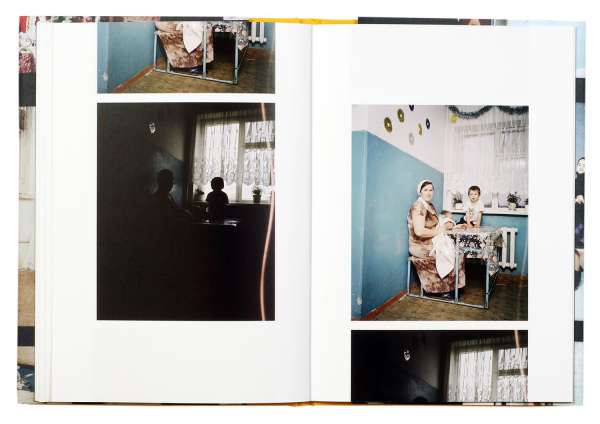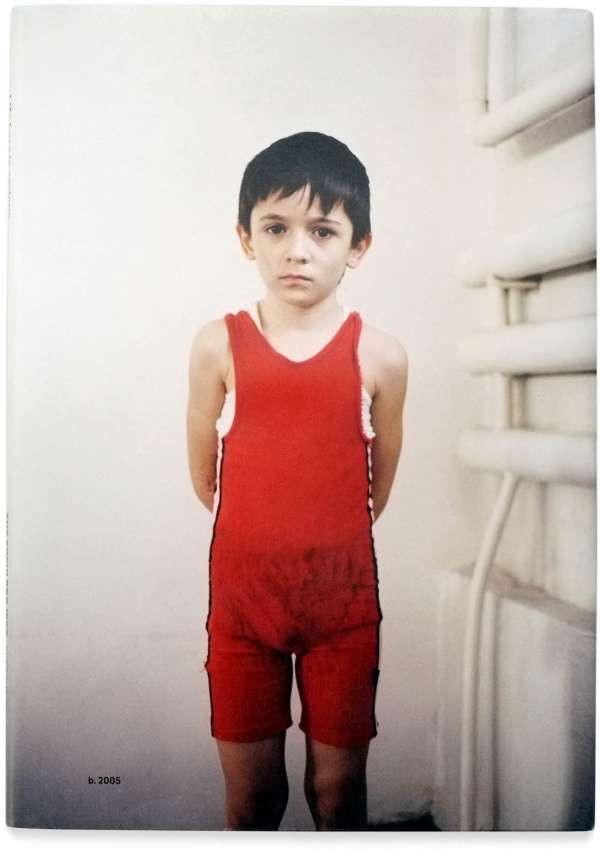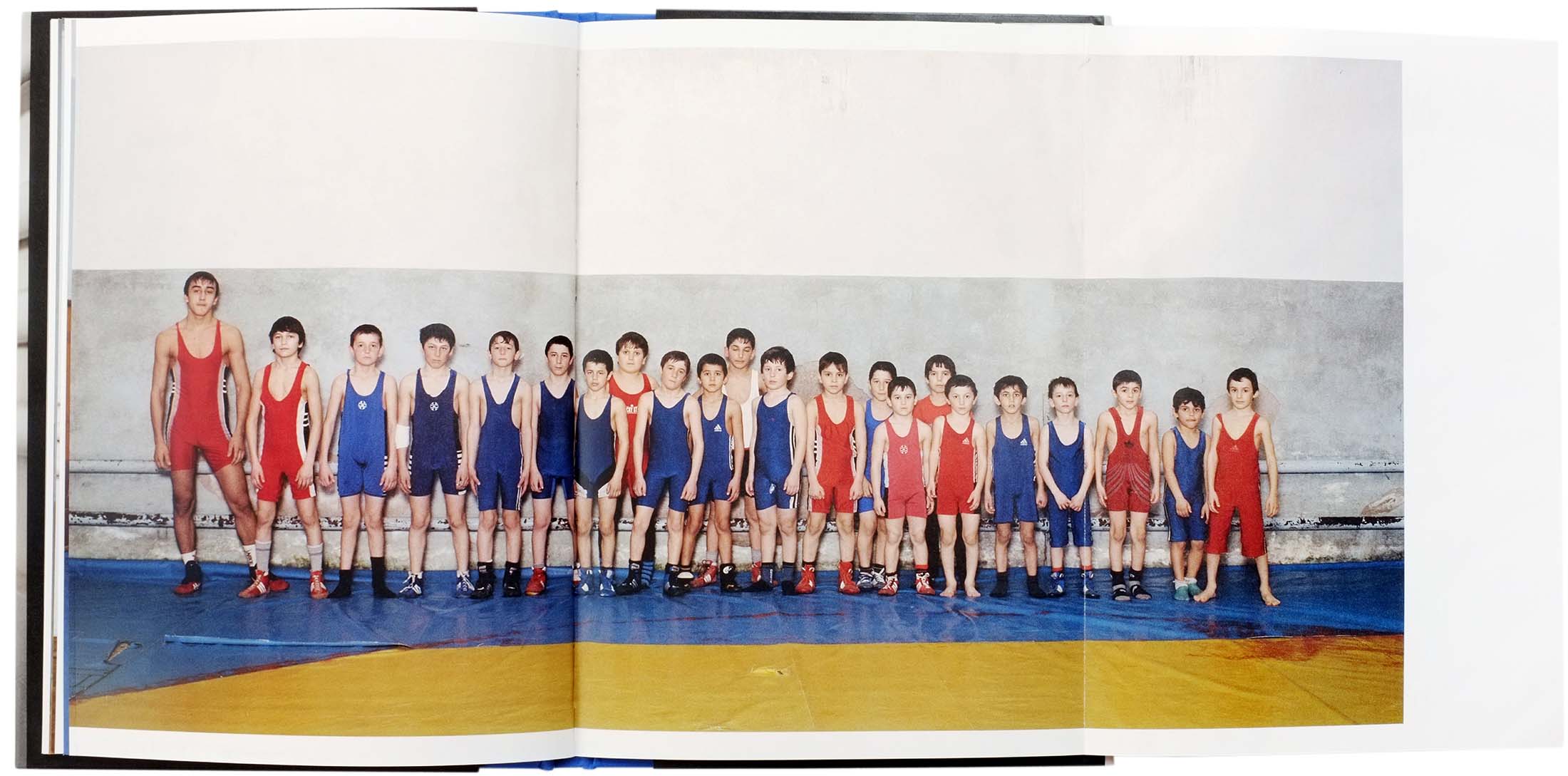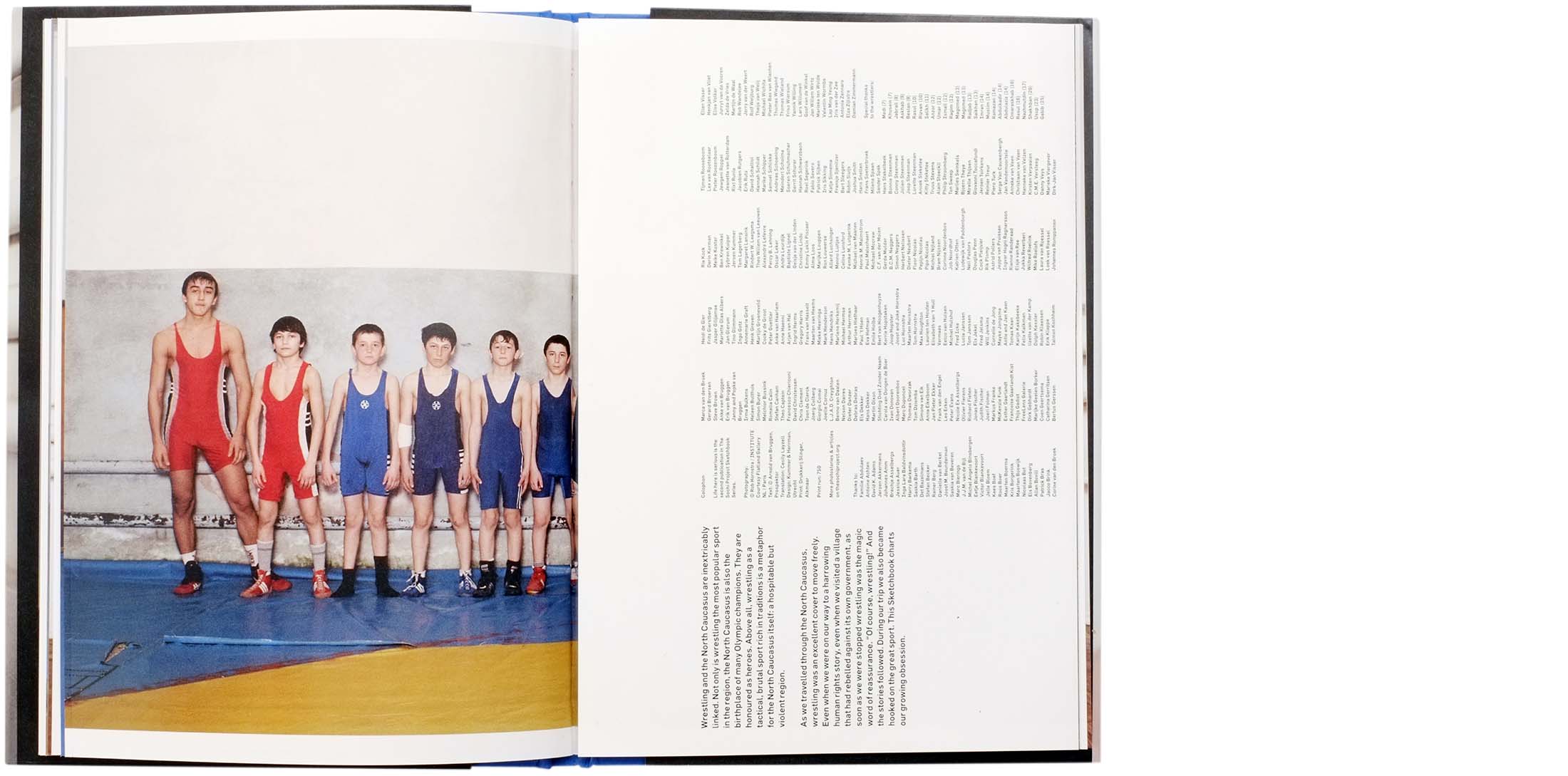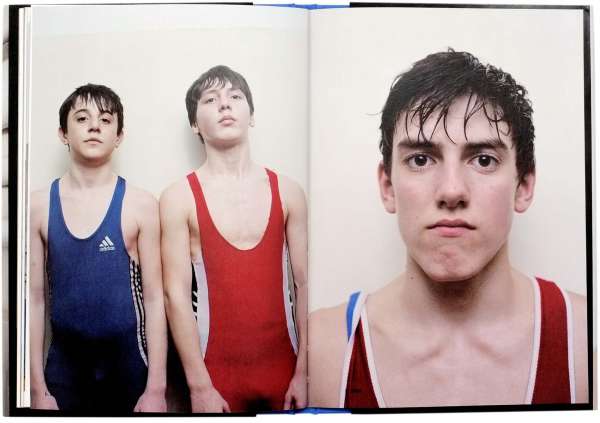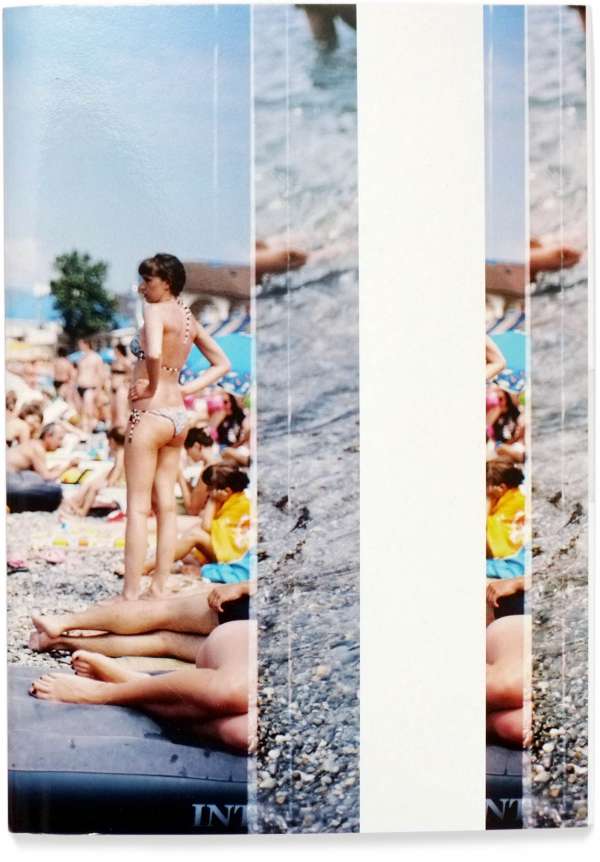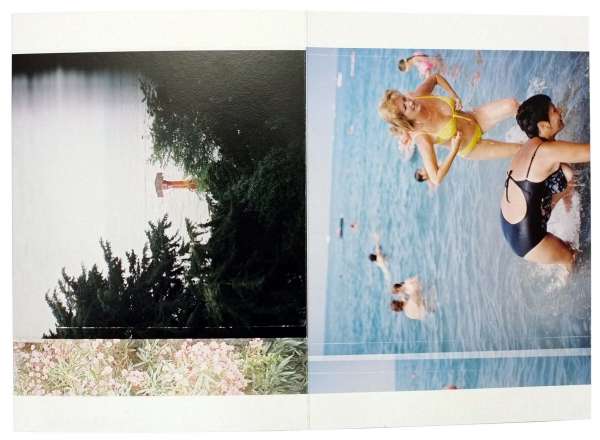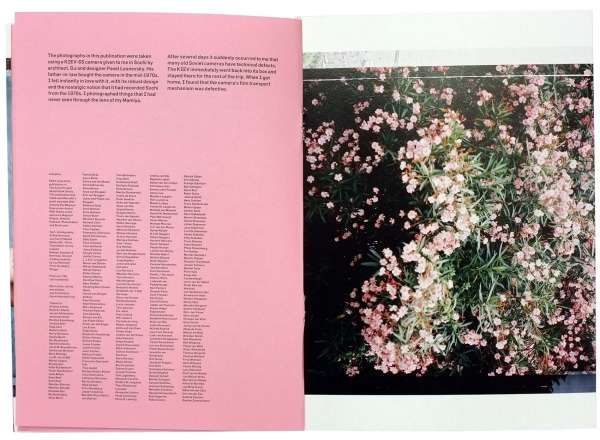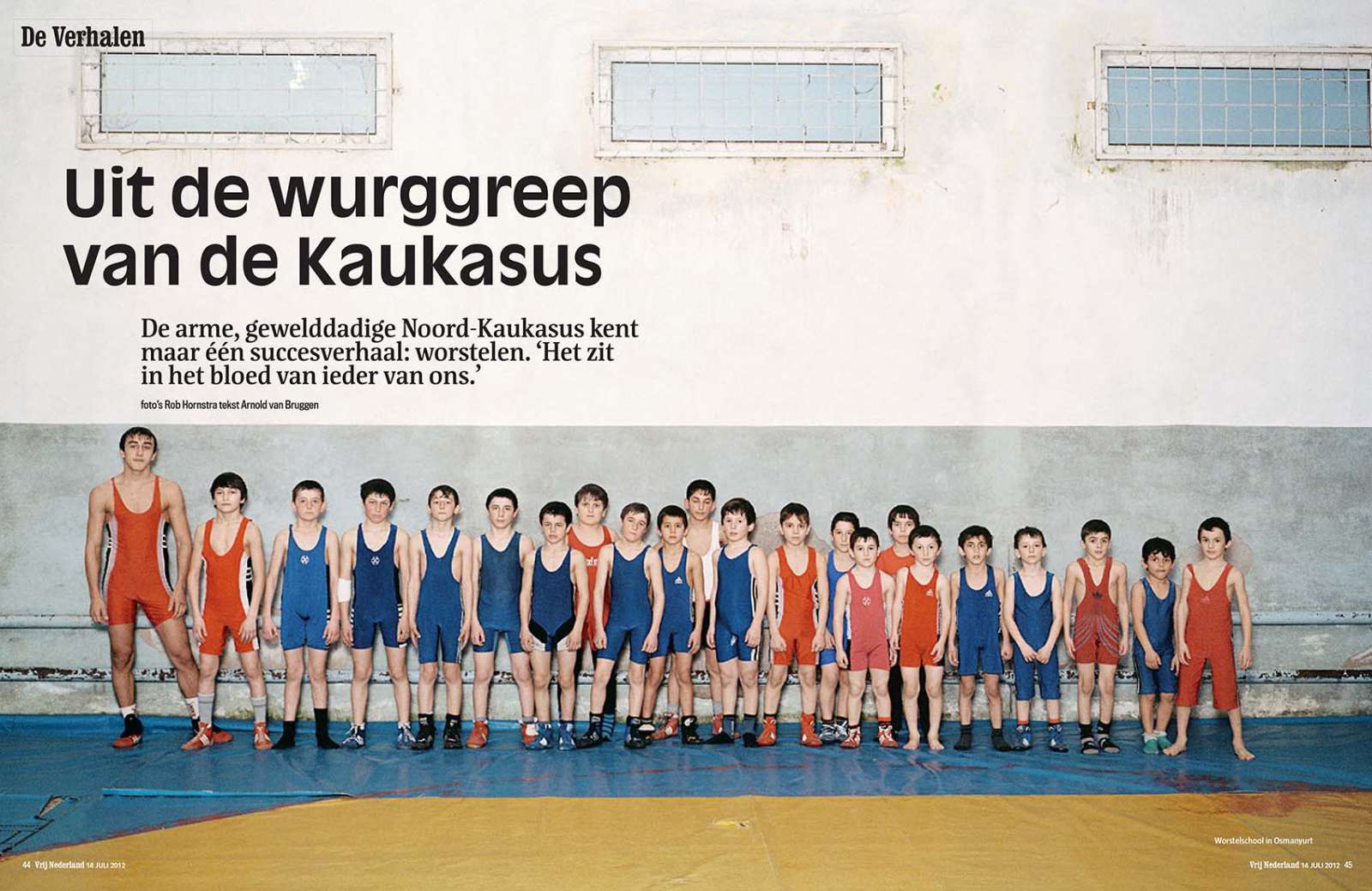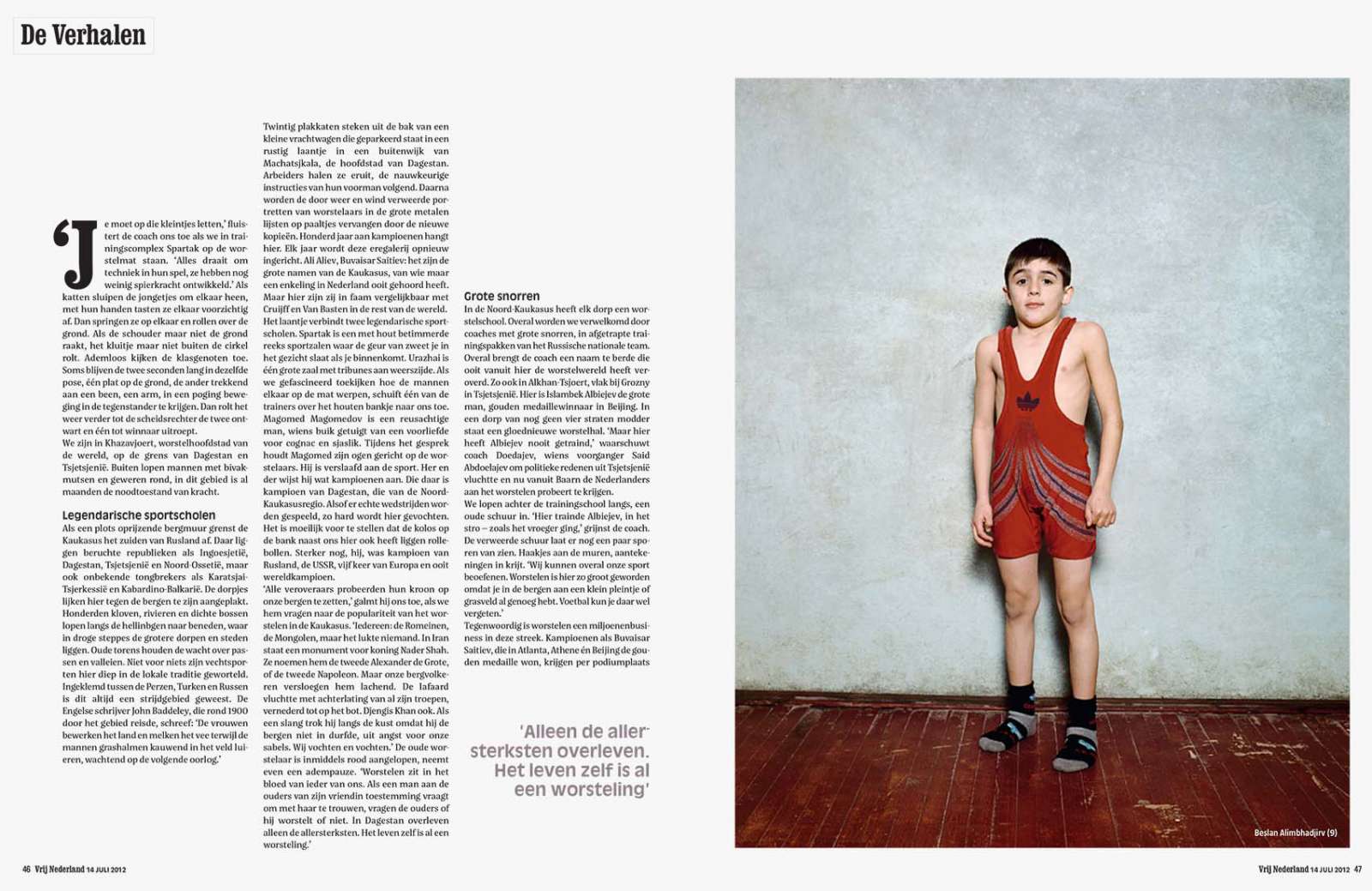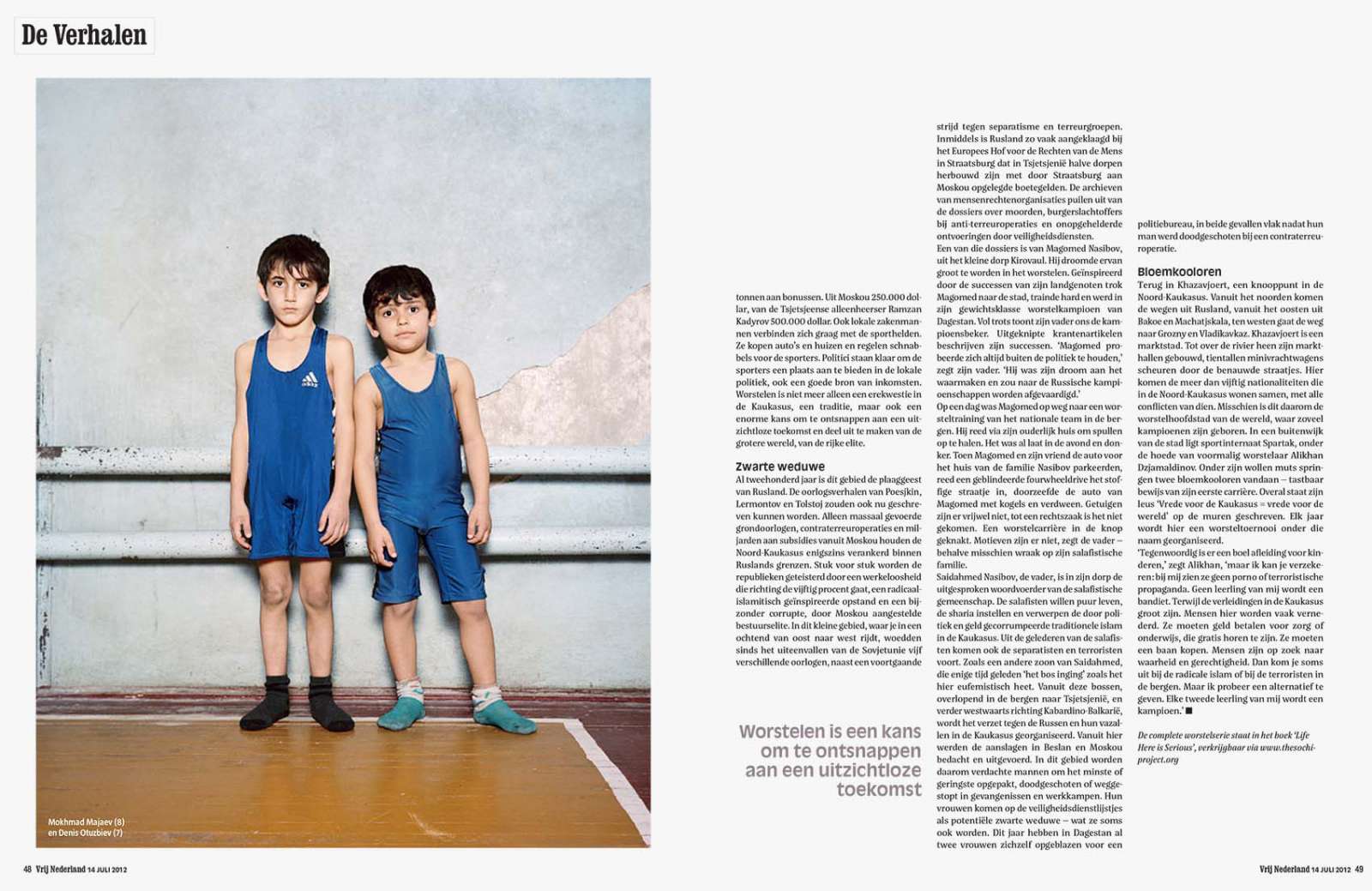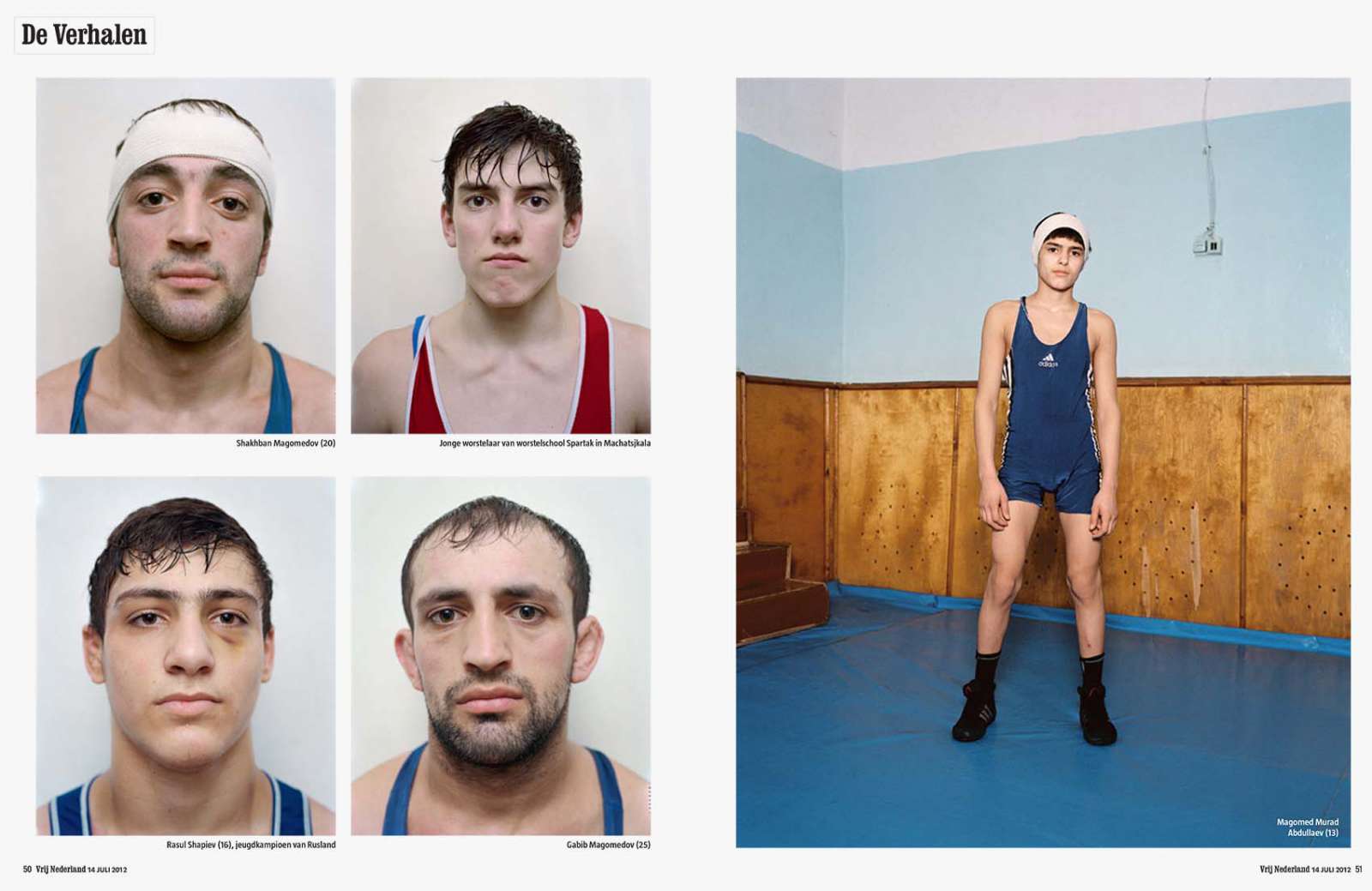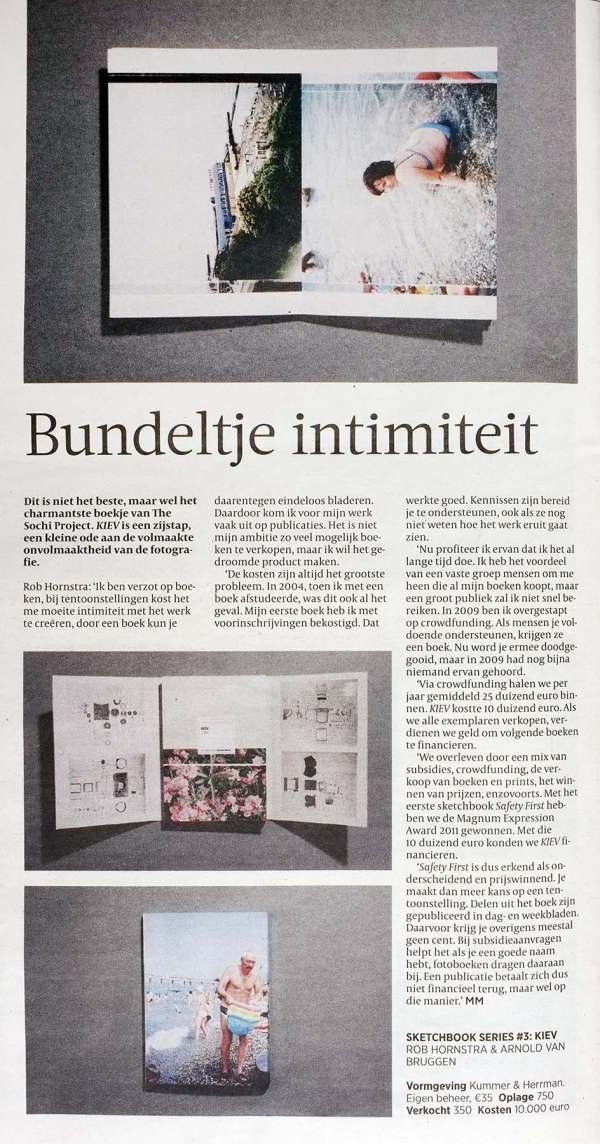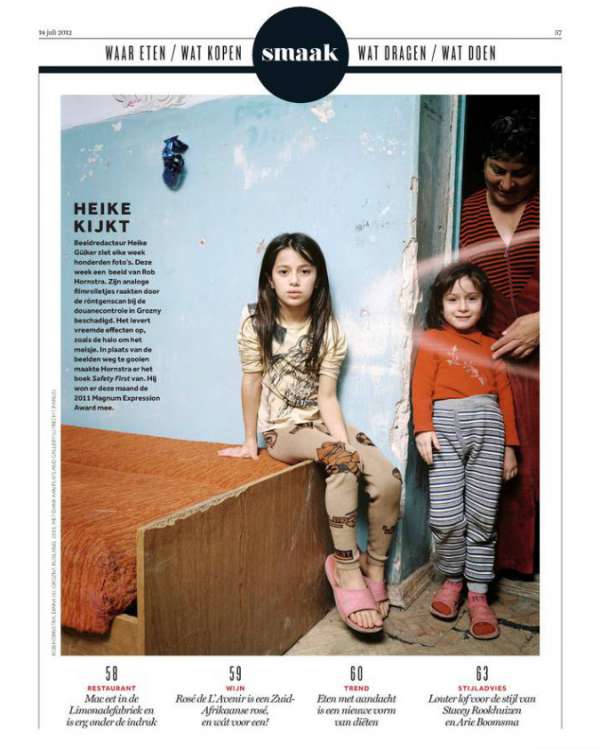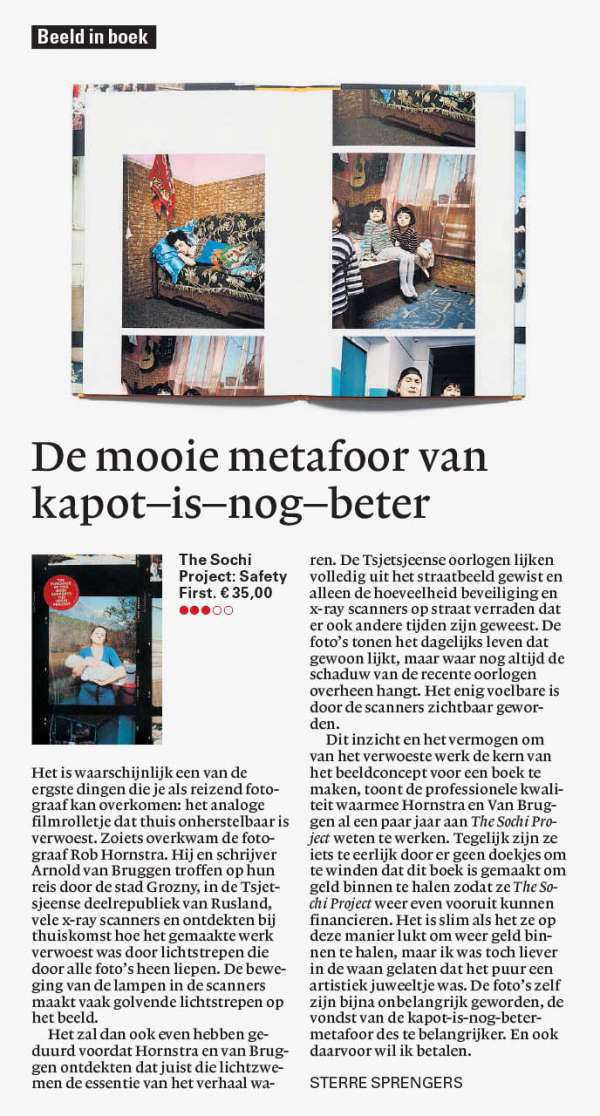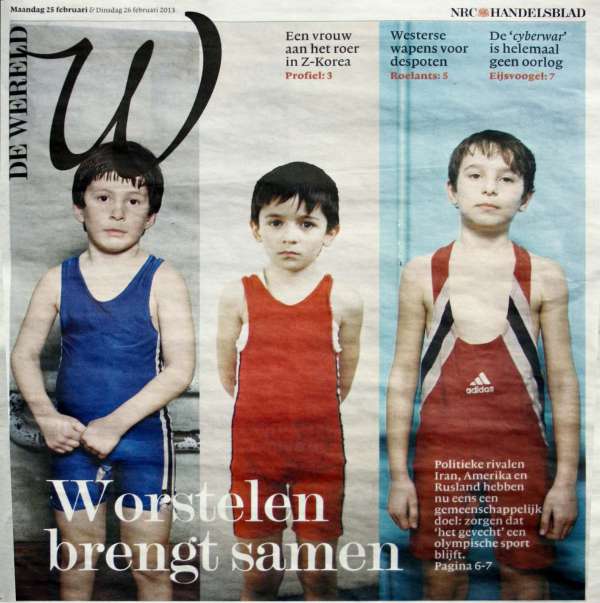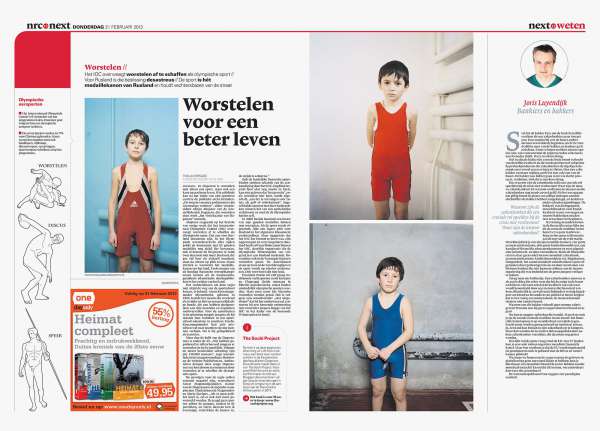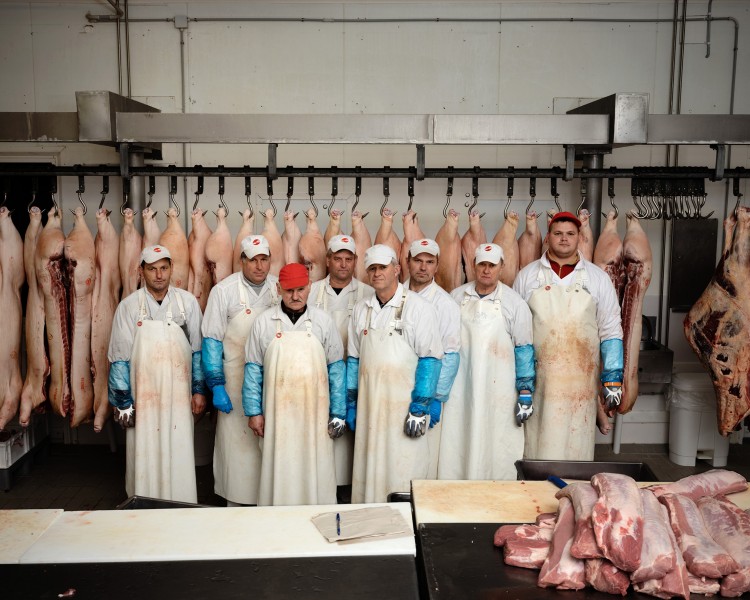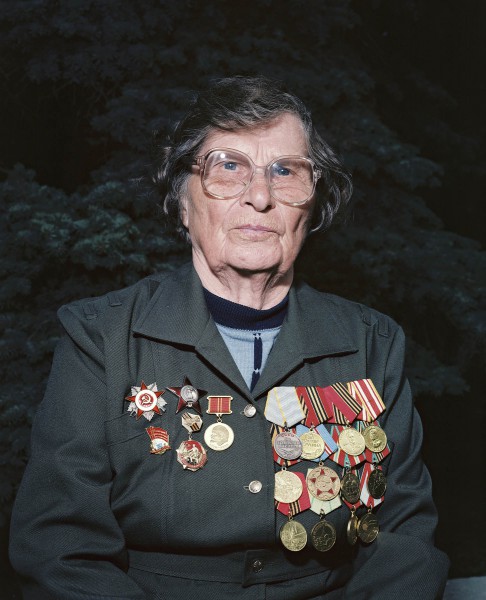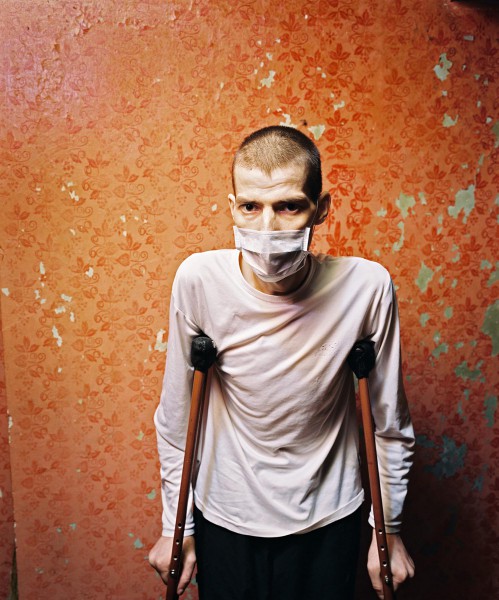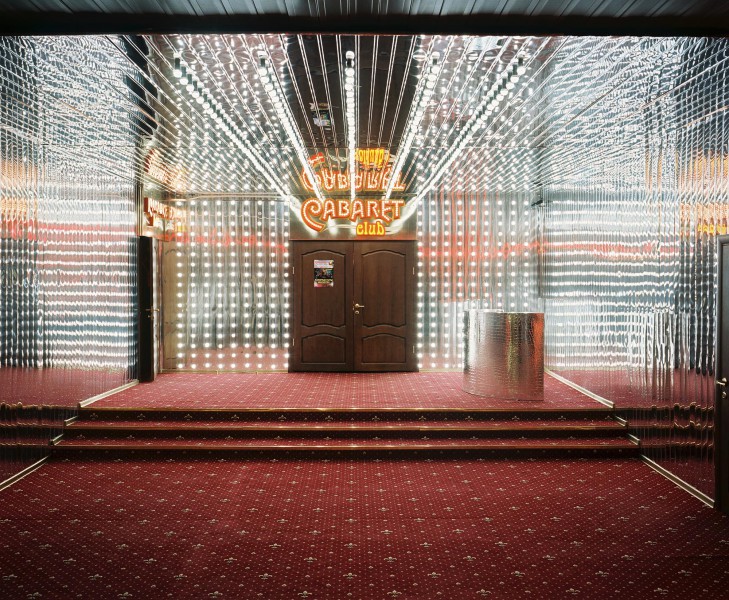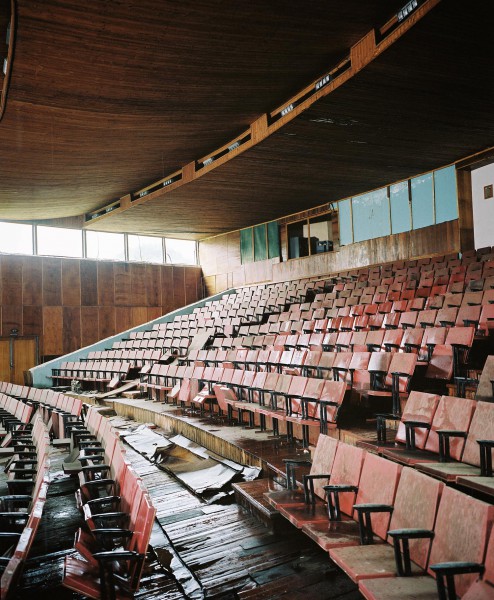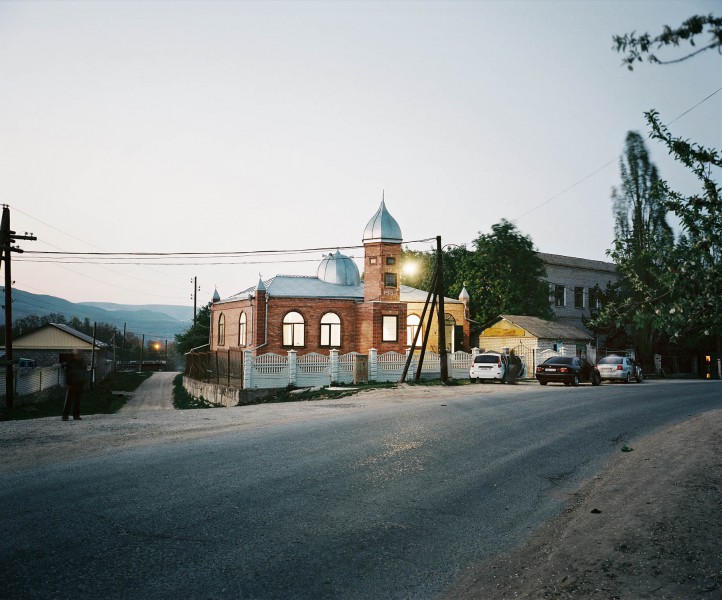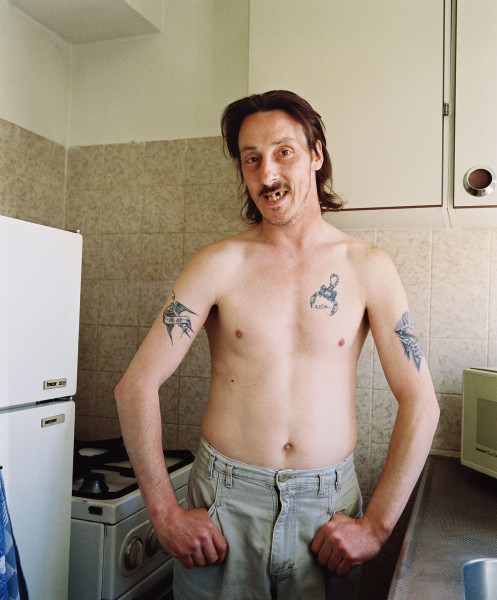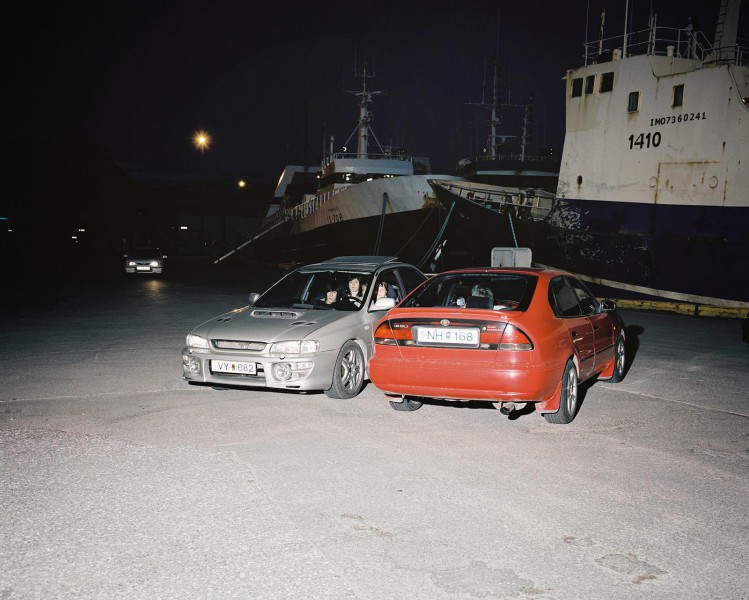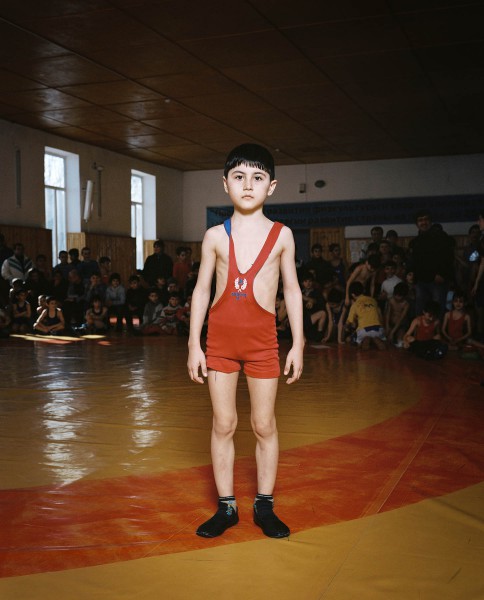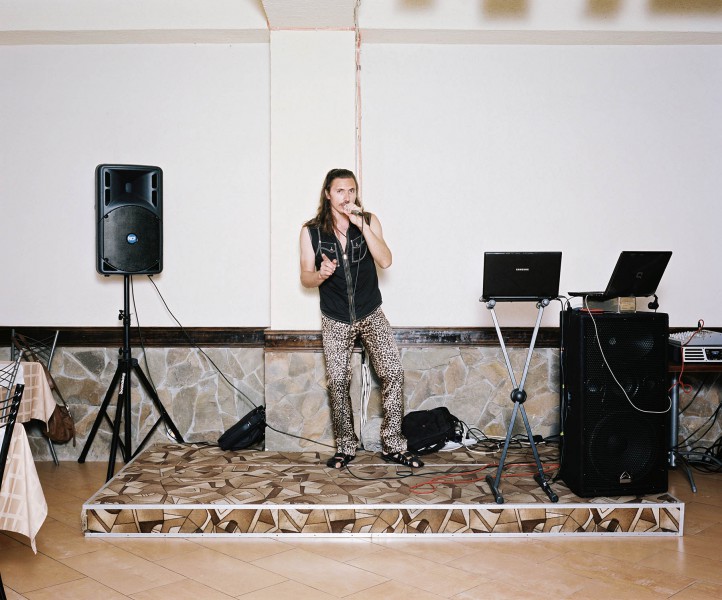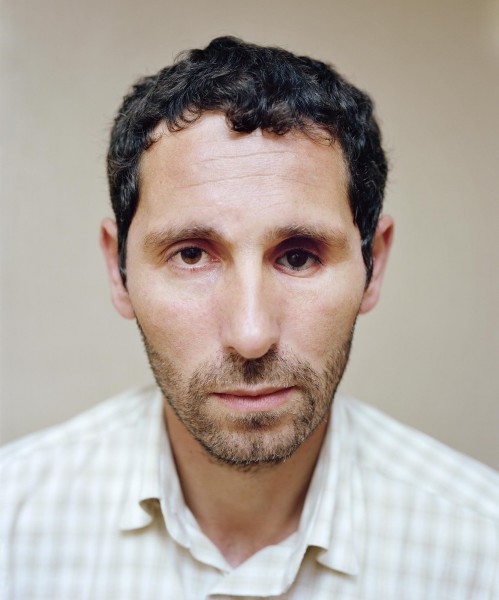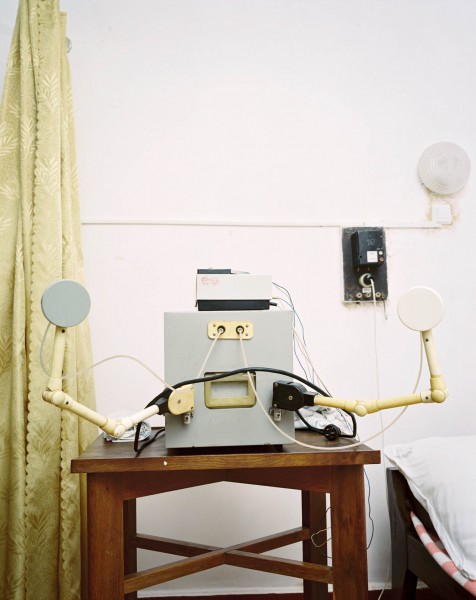Sketchbooks
In 2011 we launched the Sketchbooks, a new series that provided an outlet for small, worthy stories that fell outside the scope of our other publications. We also hoped that the booklets, which all had the same format of 15 x 21 cm (5 7/8 x 8 3/8 in.) and a print run of 750 copies, would generate additional revenue to cover the rising costs of the Sochi Project’s final year. The sales price of 35 euros was partly a gift to The Sochi Project with the aim to publish new work. The first sketchbook Safety First made it in that way possible to publish the annual publication Sochi Singers. Although there were enough stories to produce an extensive series of sketchbooks, we have not come beyond three copies due to time constraints.
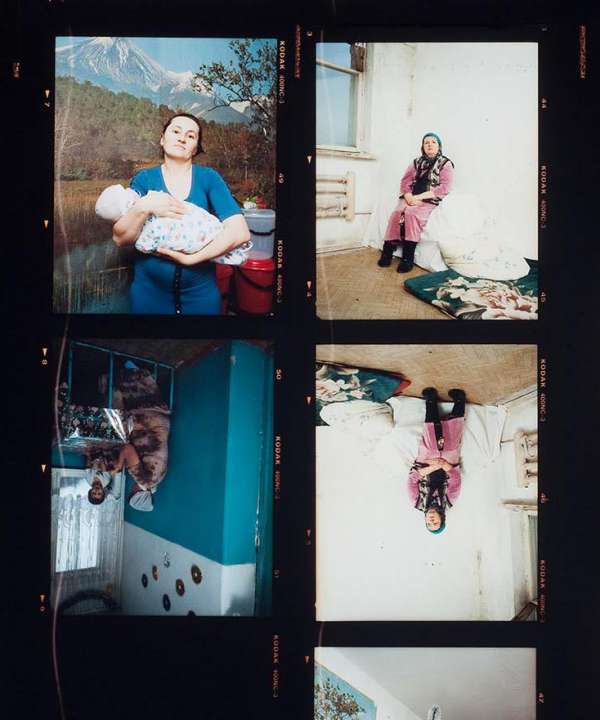
Safety First (2011)
In early January, I visited refugee apartments on the outskirts of Grozny. There was no x-ray scanner at the entrance. Entire families with children share one room. The living conditions are dire. There is no running water and the building is full of leaks. The residents were angry and desperate. They accused the government of corruption and personal enrichment and felt totally ignored. It is more likely that corruption, abuse of power and excessive use of force by the Chechen and Russian governments increase insecurity, than that the scanners improve safety. When I got home I found out that the photos I had taken in the refugee apartments had been damaged by one of the city many scanners.
Winner Magnum expression Award 2011
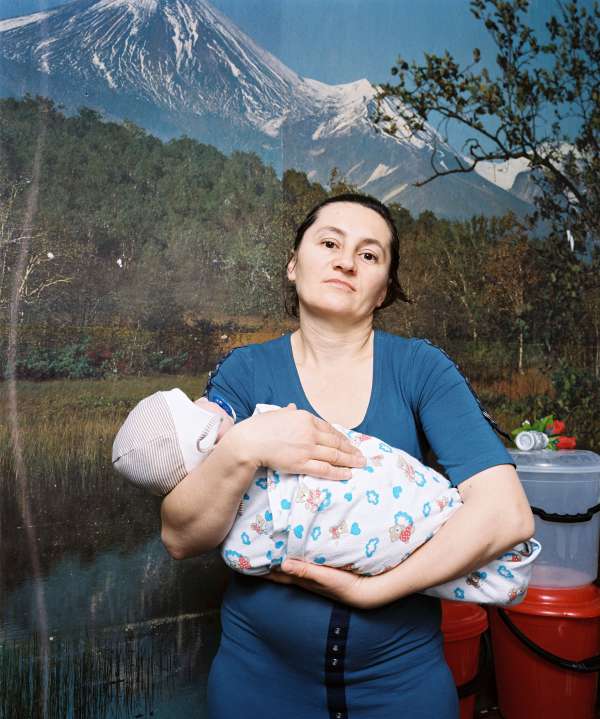
Luisa and Rashik, Grozny, Chechnya (January 5, 2011)
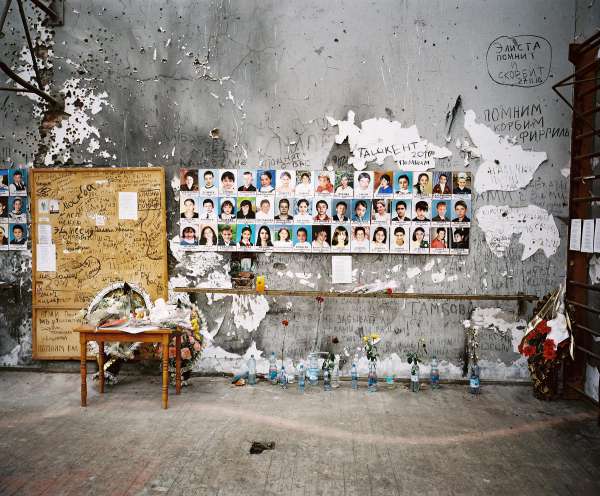
Former School no. 1 in Beslan, North Ossetia (January 4, 2011)
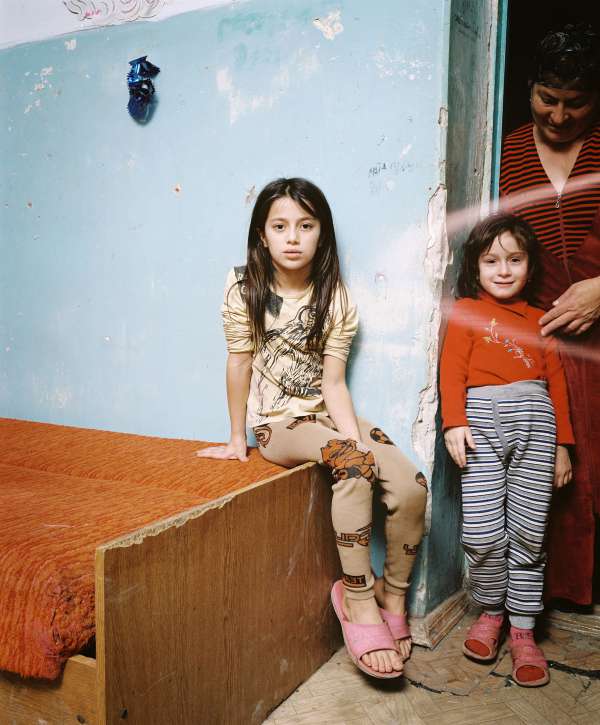
Diana, Grozny, Chechnya (January 5, 2011)
“Wrestling is serious, because life here is serious.”
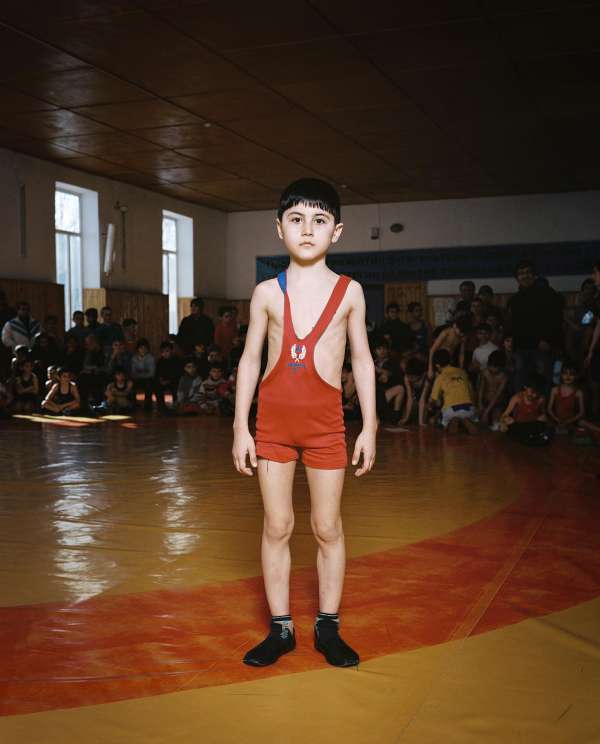
Rasul (10), Khasavyurt, Dagestan, 2012
Life Here is Serious (2012)
Wrestling and the North Caucasus are inextricably linked. Not only is wrestling the most popular sport in the region, the North Caucasus is also the birthplace of many Olympic champions. They are honoured as heroes. Above all, wrestling as a tactical, brutal sport rich in traditions is a metaphor for the North Caucasus itself: a hospitable but violent region. As we travelled through the North Caucasus, wrestling was an excellent cover to move freely. Even when we were on our way to a harrowing human rights story, even when we visited a village that had rebelled against its own government, as soon as we were stopped wrestling was the magic word of reassurance. “Of course, wrestling!” And the stories followed. During our trip we also became hooked on the great sport.
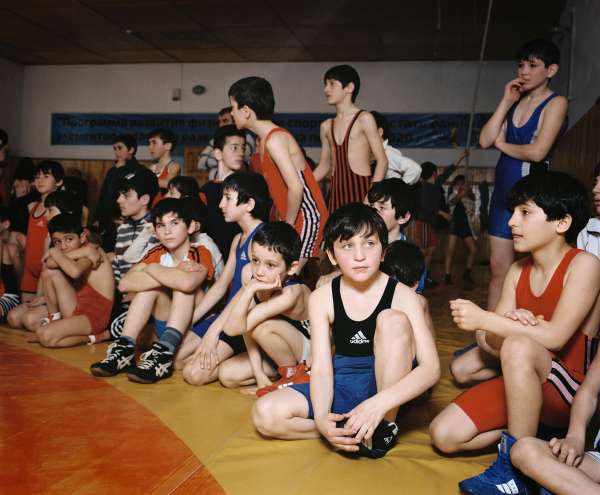
Spartak wrestling school, Khasavyurt, Dagestan, 2012
“In the North Caucasus, if you throw one stone you will hit a European champion. If you throw two stones, you will surely hit a world champion. If you throw a few stones you’ll get Olympic champions.”
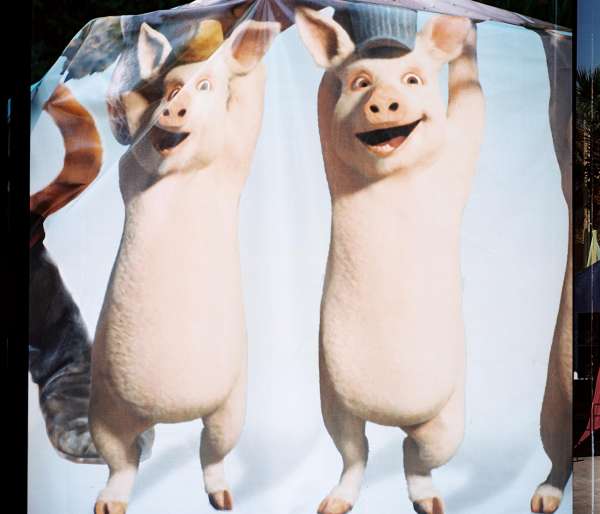
Lazarevskaya, 2011
KIEV (2012)
The photographs in in this Sketchbook were taken using a KIEV-6S camera given to me in Sochi by architect, DJ and designer Pavel Lesnevsky. His father-in-law bought the camera in the mid-1970s. I fell instantly in love with it, with its robust design and the nostalgic notion that it had recorded Sochi from the 1970s. I photographed things that I had never seen through the lens of my Mamiya. After several days it suddenly occurred to me that many old Soviet cameras have technical defects. The KIEV immediately went back into its box and stayed there for the rest of the trip. When I got home, I found that the camera’s film transport mechanism was defective.
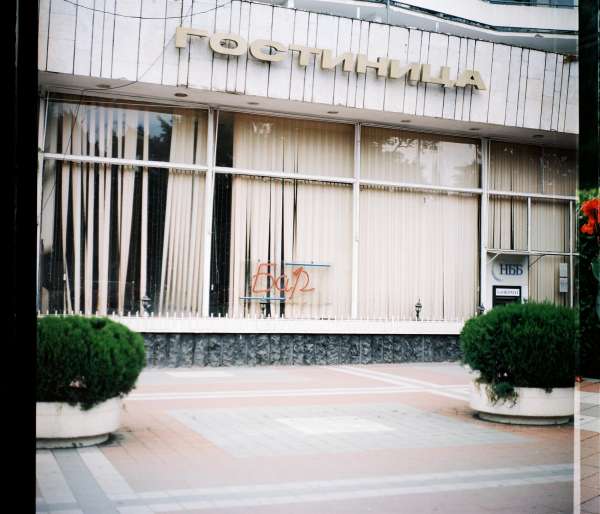
Sochi, 2011
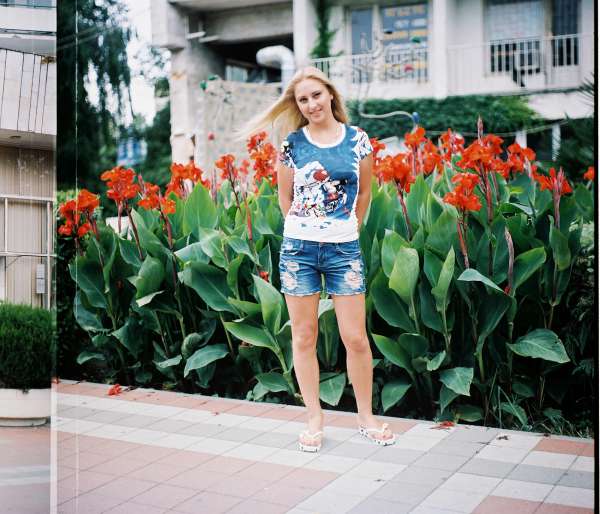
Sochi, 2011
